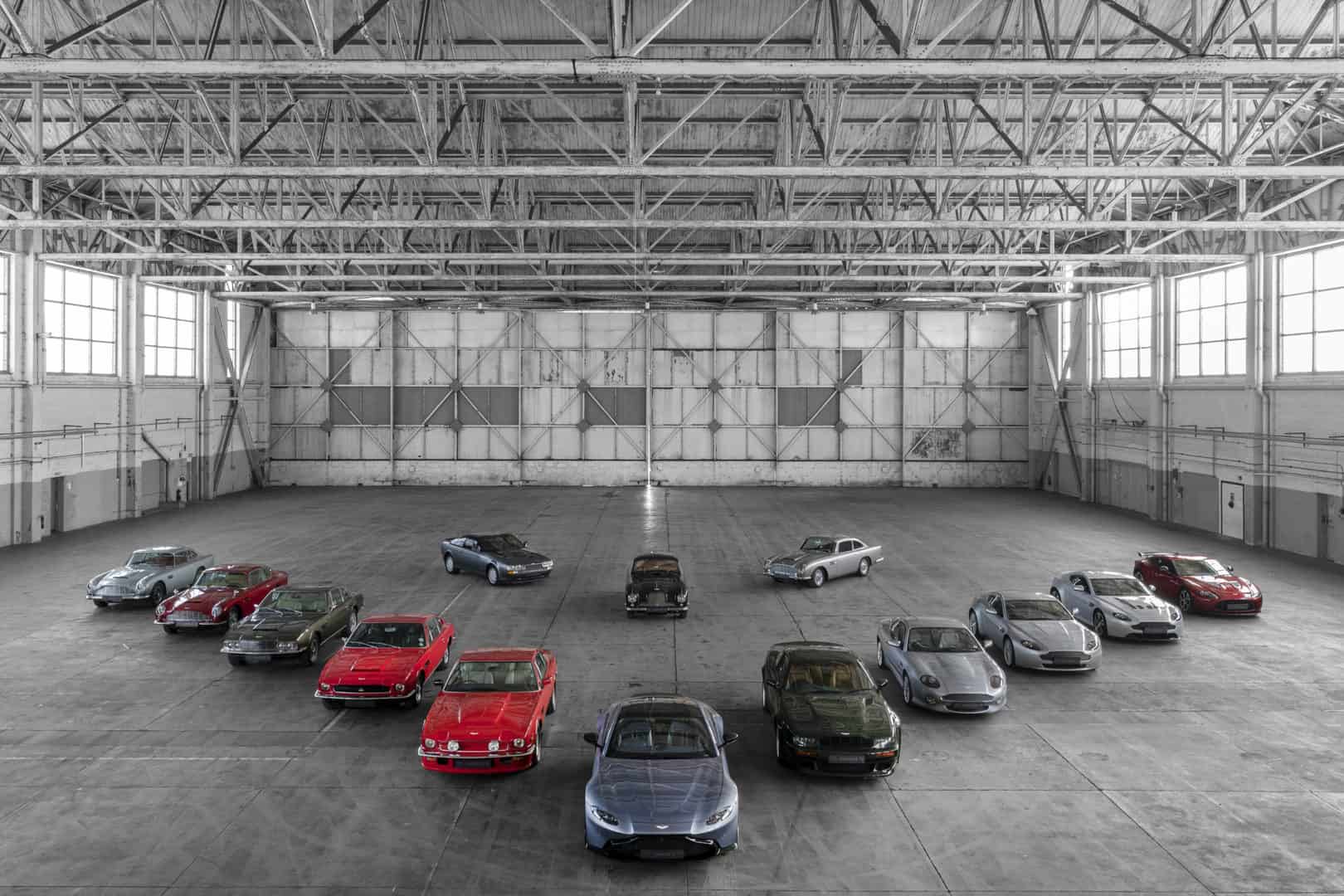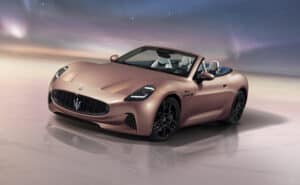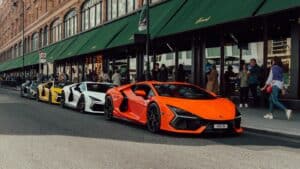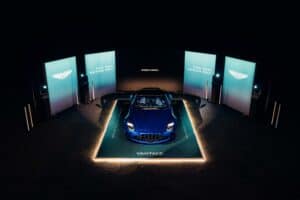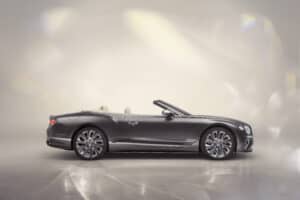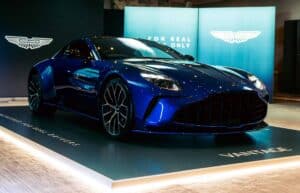- 2020 marks the 70th anniversary of the Vantage name
- More than 36,000 cars sporting the Vantage moniker have been meticulously handcrafted over the last seven decades
- Vantage family of models includes some of Aston Martin’s most successful, celebrated and desirable sports cars
02 March 2020, Gaydon, UK: Aston Martin this year celebrates the creation of one of its most famous model designations, as the Vantage family of sports cars marks its 70th anniversary.
The name Vantage proudly sits on more than a third of all the sports cars ever made by the luxury British brand. Spanning seven decades and covering some of the company’s most revered sports cars, the Vantage family forms a crucial part of the ever-evolving Aston Martin story.
From the earliest days of the DB2 Vantage, through the iconic 60s cars: DB4, DB5 and DB6, into the muscular models that made Aston Martin a world-beater in the succeeding decades, then on through the brand’s game-changing ‘VH’ architecture cars and into today’s state-of-the-art Vantage sports car, this historic name has become synonymous with pace, power and more than a dash of style.
Remarking on the enduring appeal of Vantage as part of the brand’s rich and fascinating heritage, Aston Martin Lagonda President and Group CEO, Dr Andy Palmer said: “Today’s Vantage and Vantage AMR sports cars represent the latest interpretation of what this single, yet incredibly evocative, word means to drivers around the world.
“As we celebrate 70 years of Vantage in 2020, it allows us to delight in our superb sports car heritage. Vantage has always stood for engineering ambition, thrilling performance and exceptional beauty, and I’m pleased that today’s models more than live up to the standards set by their iconic forebears.”
70 years of Vantage – the key models
DB2 with Vantage specification
The word Vantage first appeared alongside the Aston Martin brand name in 1950, with the debut in that year of the Aston Martin DB2 with Vantage specification.
As with many of the early uses of the Vantage appellation, the title stood for a car with an uprated engine. In this instance, it referred to the use of larger SU HV6 carburettors and a higher 8.16:1 compression ratio in the car’s 2.6-litre Lagonda engine. These enhancements combined to achieve a heady 125bhp at 5,000rpm, thereby significantly outstripping the ‘standard’ DB2’s circa 105bhp. Just shy of 250 of these augmented DB2 Vantages, both saloons and drophead coupes, were manufactured at the brand’s then factory in Feltham, Middlesex, and it is believed that a good number of those remain drivable today.
Many Aston Martin engineers and designers had a hand in the early Vantage programme, but a technical paper on valve timing tests stored in the Aston Martin Heritage Trust archive shows that renowned racing car design theorist Robert Eberan von Eberhorst – famous for his early work with the Auto Union team before moving on to later design the Aston Martin DB3 and DB3S – was overseeing the project.
Communicating the Vantage advantage at the 1951 Earl’s Court Motor Exhibition, an Aston Martin press release said: “On the 1951 Earl’s Court stand will be displayed two Aston Martin DB.II saloons, one fitted with the regular engine and one fitted with the ‘Vantage’ engine, the high speed regularity of which was demonstrated so forcibly at Le Mans this year and last.”
The arrival of ‘Vantage’ as a signifier of more potent performance gently caught on among the sports car aficionados of the time, but it was not until early the next decade that another of the brand’s road-going offerings officially appeared in uprated Vantage form.
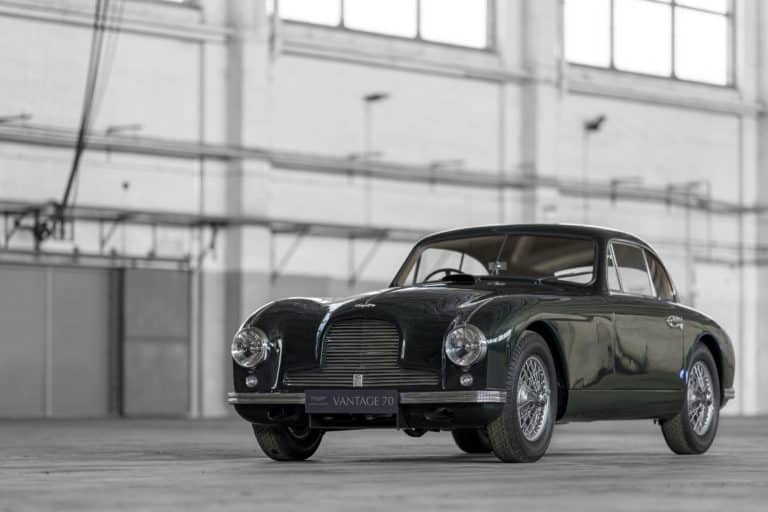
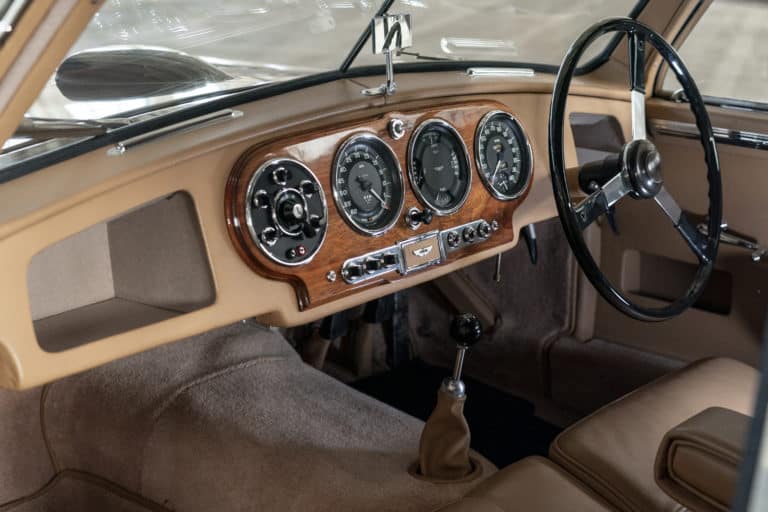
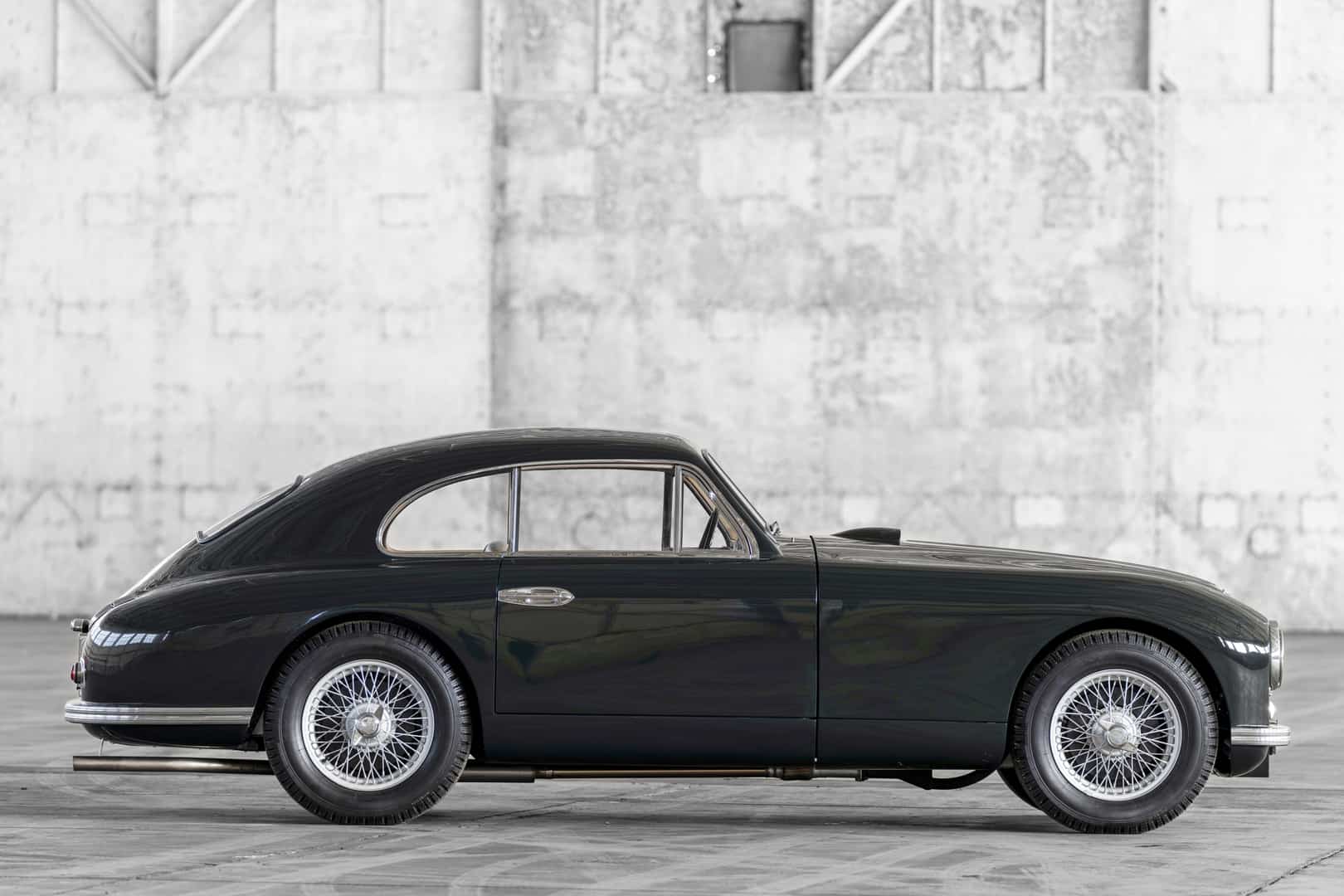
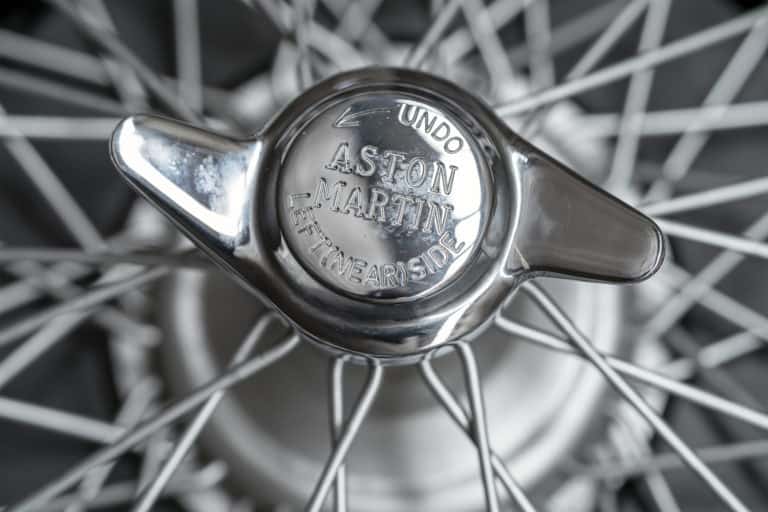
DB4 Vantage
The DB4 Vantage made its debut with the start of the DB4 Series IV cars in 1961 and, unlike its trailblazing predecessor it is distinguishable visibly, as well as technically, from its ‘standard’ siblings.
Key to this Vantage was the fitting of the ‘Special Series’ engine which features not two but three SU HD8 carburettors and revised cylinder heads with bigger valves and a higher compression ratio. The block remains the same as that of the standard car. Power was quoted at the time as 266bhp, a useful increase of about ten per cent over the 240bhp of the Tadek Marek-designed 3.7-litre aluminium straight six powering the non-Vantage enhanced DB4.
From a design point of view, the DB4 Vantage’s changes are subtle, but clear. It has the faired-in headlights from the DB4 GT with the addition of a bright aluminium trim.
The arrival of the more spacious DB4 Series V Vantage in 1962 – the final series of the DB4 model line – is significant not only as another Vantage version but also as one of the cars used in the filming of the James Bond film Goldfinger. Visually virtually indistinguishable from its DB5 successor – the car of course now synonymous with the world’s most famous secret agent – a DB4 Series V Vantage, effectively a prototype DB5, was used in some of the filming for Goldfinger, as the basis for the film’s ‘gadget’ car. Around 135 of these Vantages left the brand’s new Newport Pagnell factory in Buckinghamshire.
Those with a taste for extreme rarity, meanwhile, might be tempted by the DB4 Vantage with the optional DB4 GT engine: only half a dozen were created.
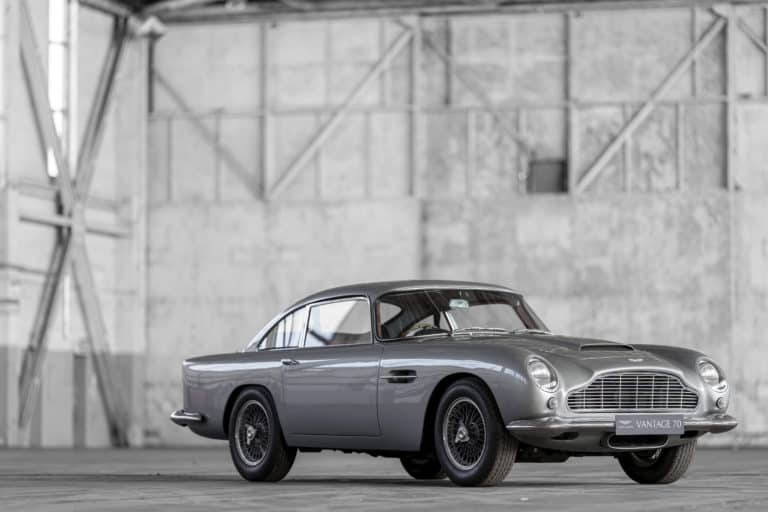
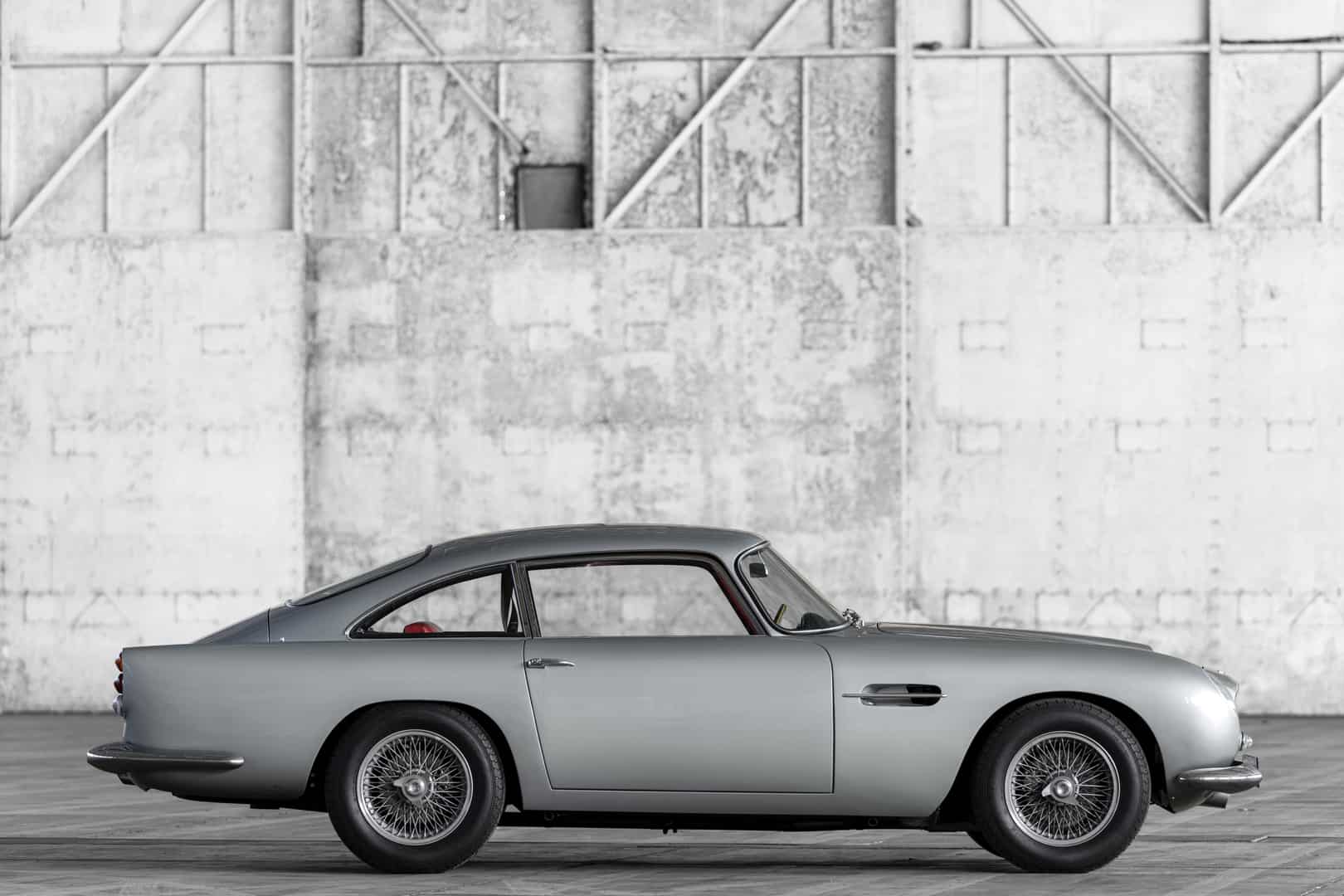
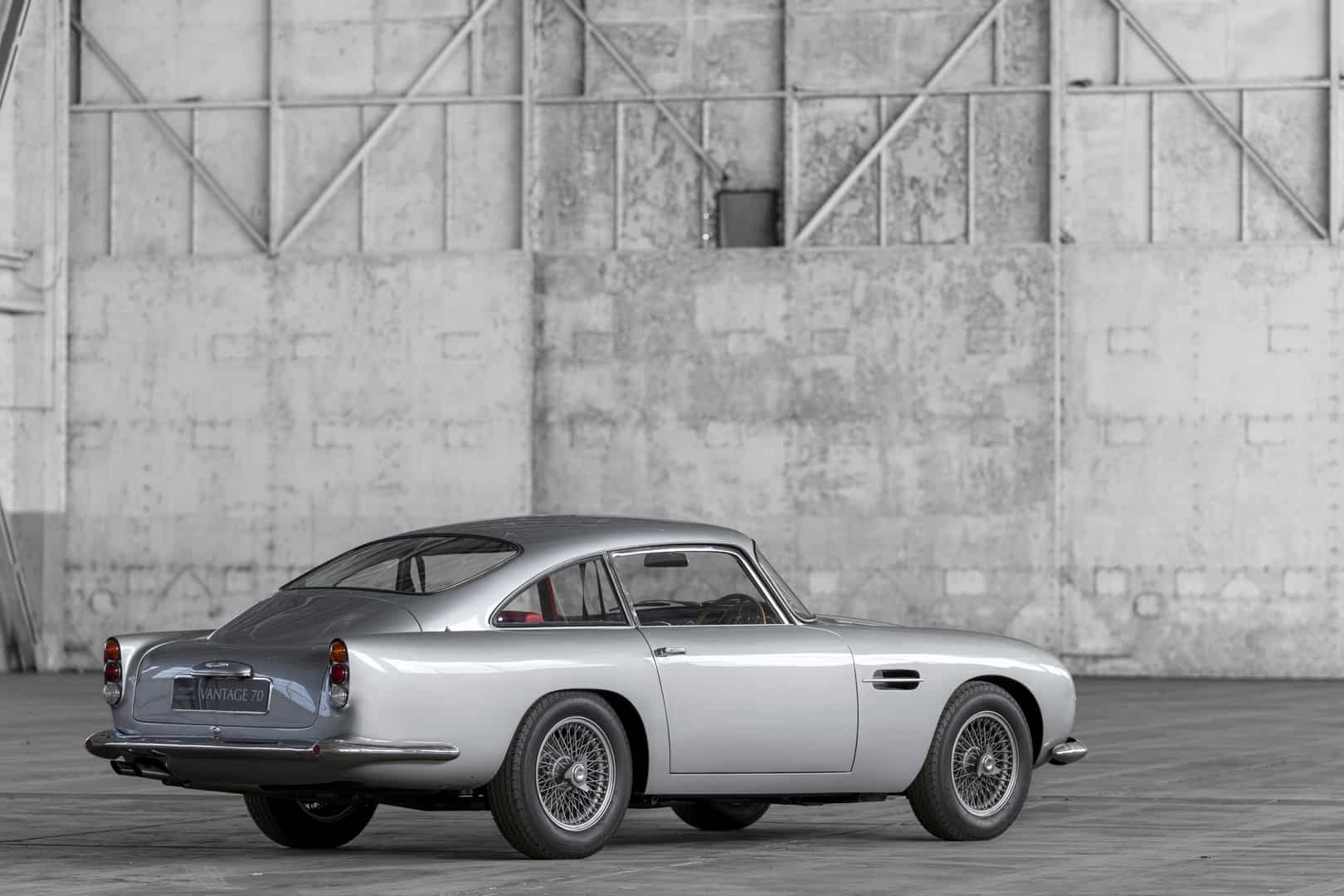
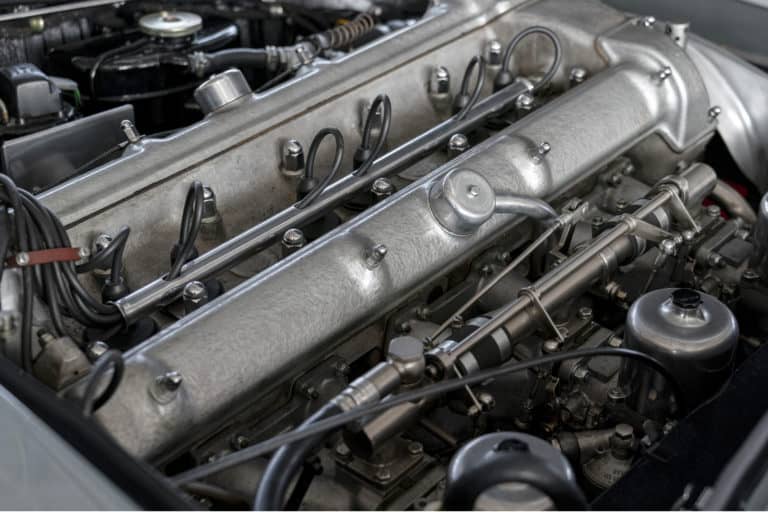
DB5 Vantage
It was no surprise, perhaps, that when the DB5 appeared in 1964 it would soon give rise to a Vantage version of its own. However, it might be more surprising to learn that only 68 cars of a total production run of 887 4.0-litre DB5 saloons were fitted with the optional Vantage engine, equipped with triple Weber carburettors and good for 325bhp – 40bhp more than available in the standard car.
The DB5 Convertible with the Vantage engine is a combination that is rarer still with only eight sports cars, out of the 123 built, featuring this engine. Genuine original examples of the DB5 Vantage and DB5 Vantage Convertible are, therefore, considered very desirable indeed, although many standard cars have over time also been modified to Vantage specification.
A press release announcing the car to the world’s media at the 1965 Geneva Motor Show succinctly but modestly encapsulated the Vantage-engined DB5’s appeal: “With this extra power, more rapid acceleration and higher average speeds are ensured.”
It might also be worth noting that the DB5 Vantage required an extra investment by its owner. Specifying the power upgrade meant an increase of £158, plus purchase tax, over the cost of the standard car thereby driving up the retail price, including purchase tax, to a heady £4,439 15 shillings and fivepence in 1965!
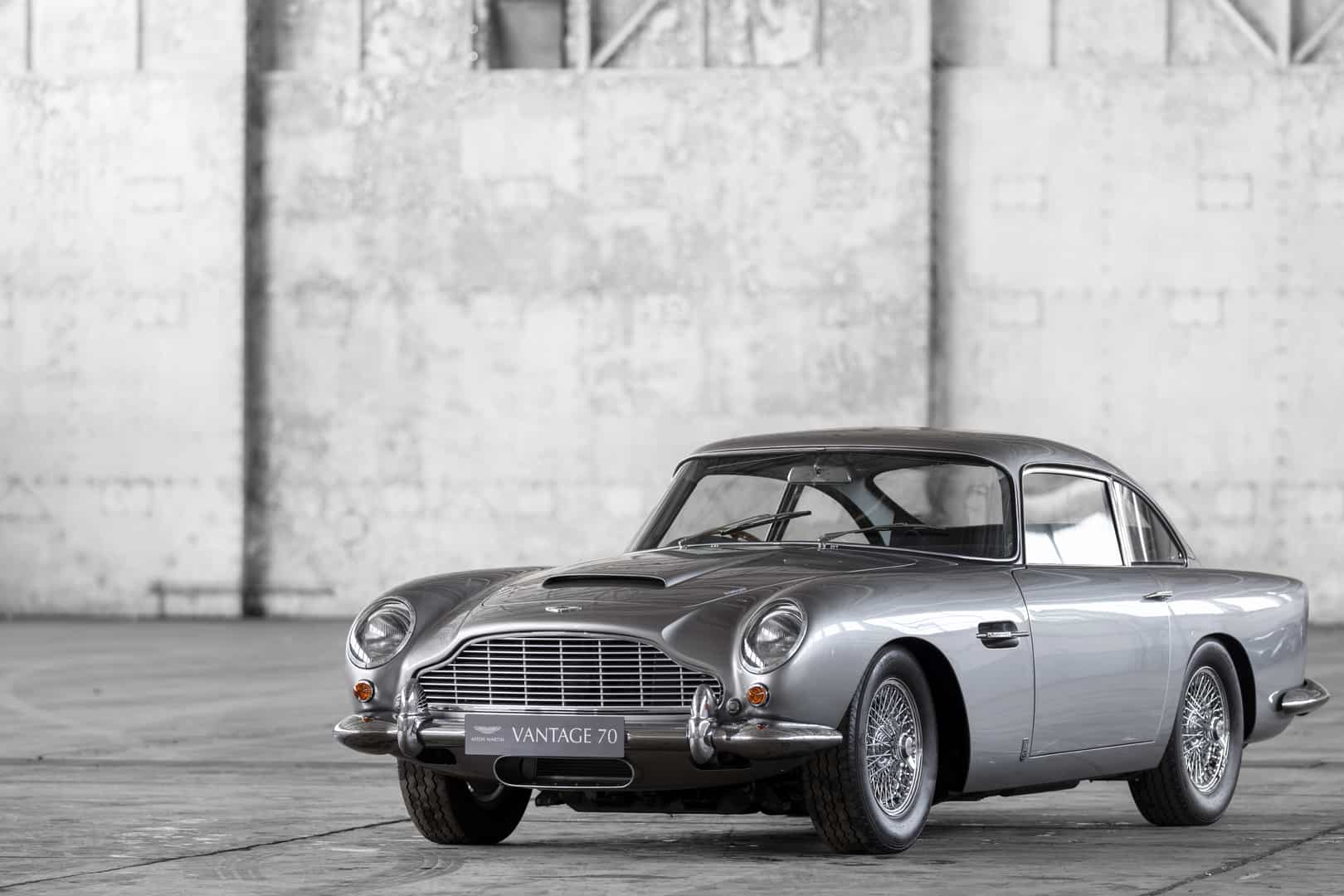
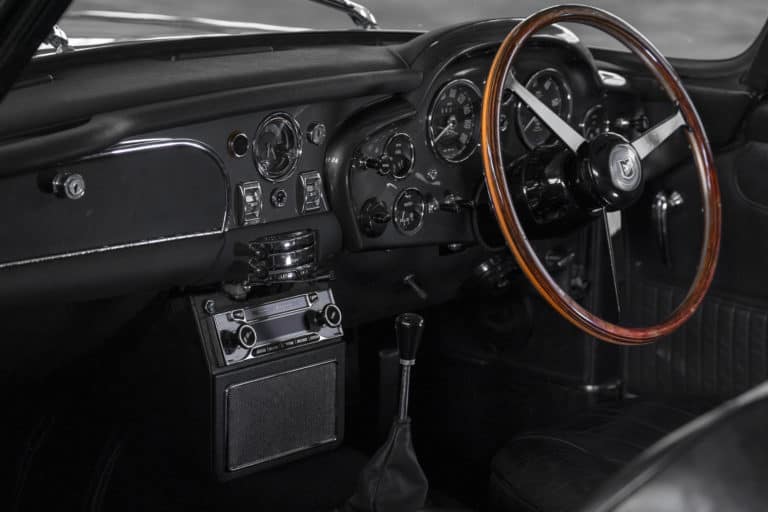
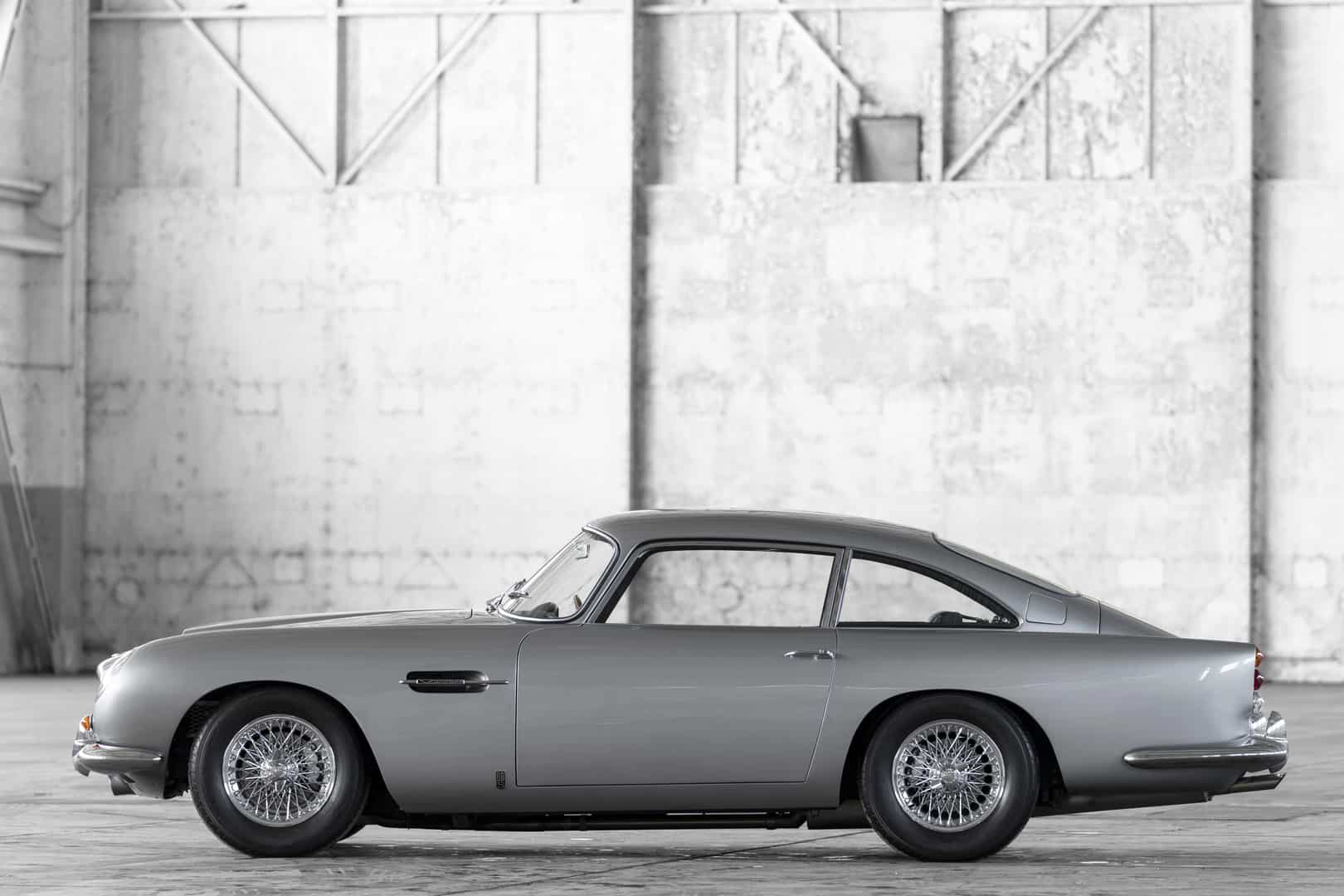
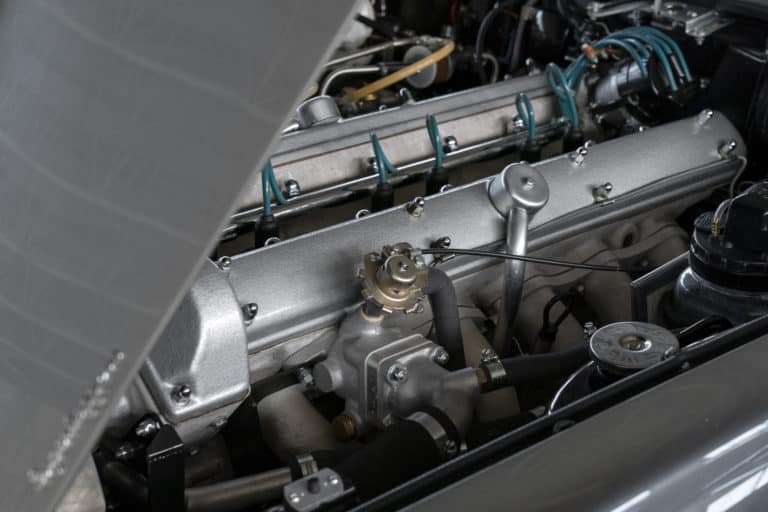
DB6 Vantage
The DB6 Vantage came next, in Mk I and Mk II versions, and followed the same tried and trusted upgrade formula as its potent predecessors. It utilised the same 4.0-litre straight six as it’s DB5 predecessor, with the same 325bhp output. The car is also again badged as a Vantage – a practice which began with the DB5 – with a discreet but important piece of nomenclature added to the side strakes.
Again, the number of original Vantage-engined cars can be counted in the dozens, rather than the hundreds, meaning that these iterations of the DB6 today remain hugely desirable and jealously guarded by lucky owners around the world.
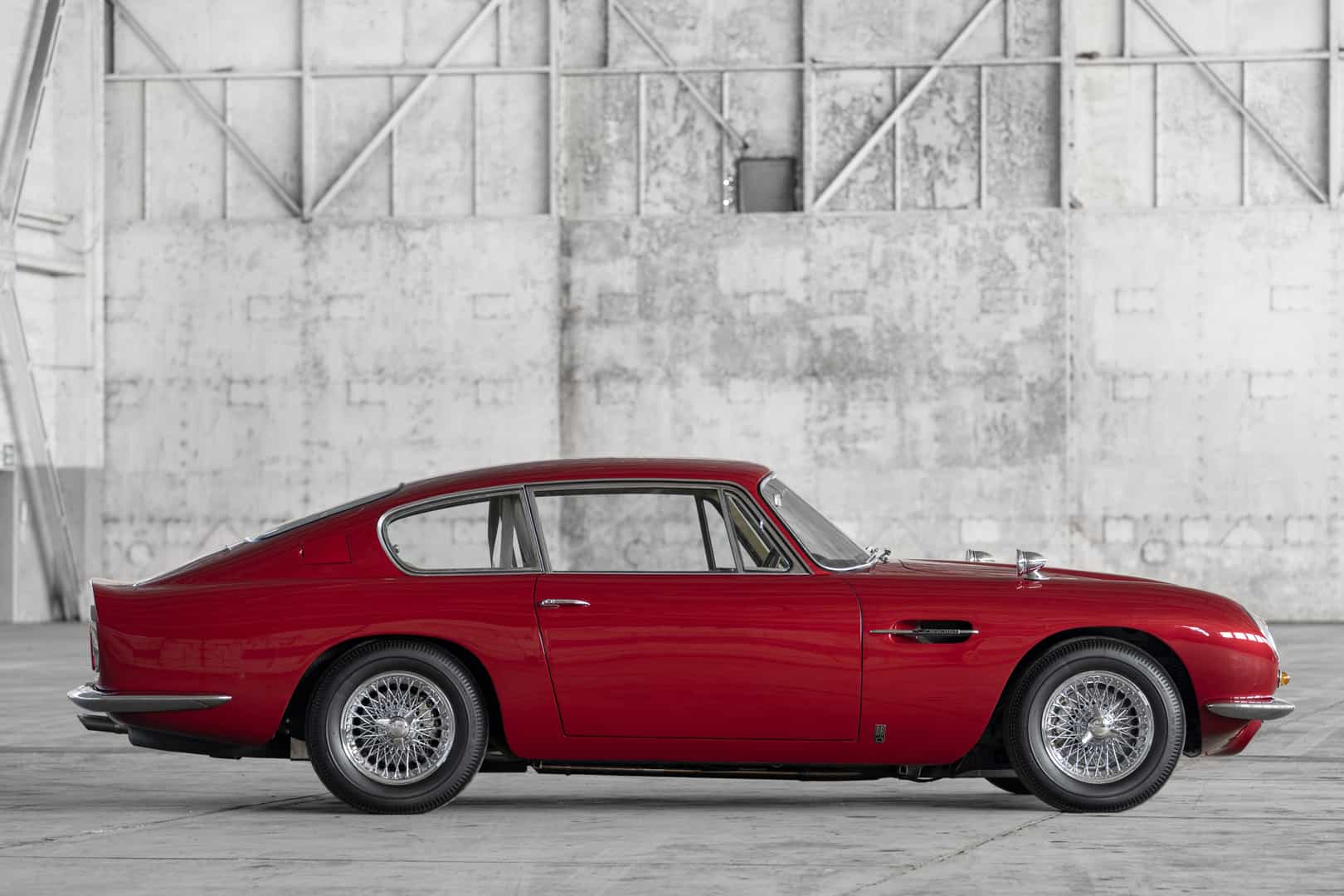
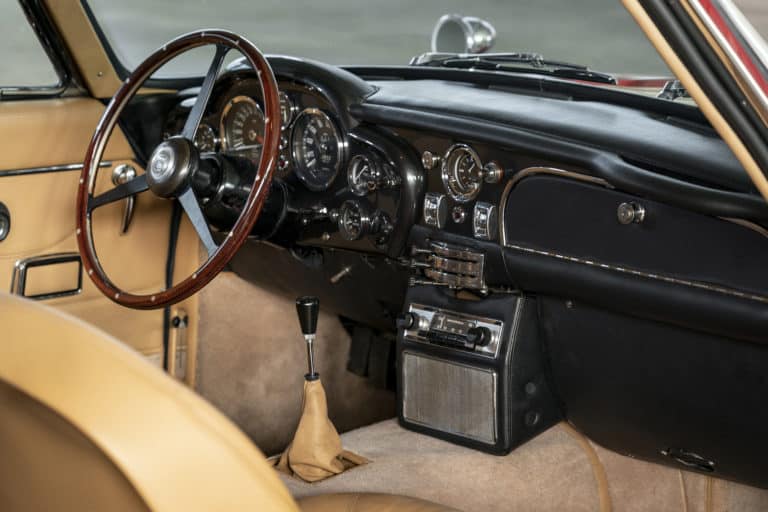
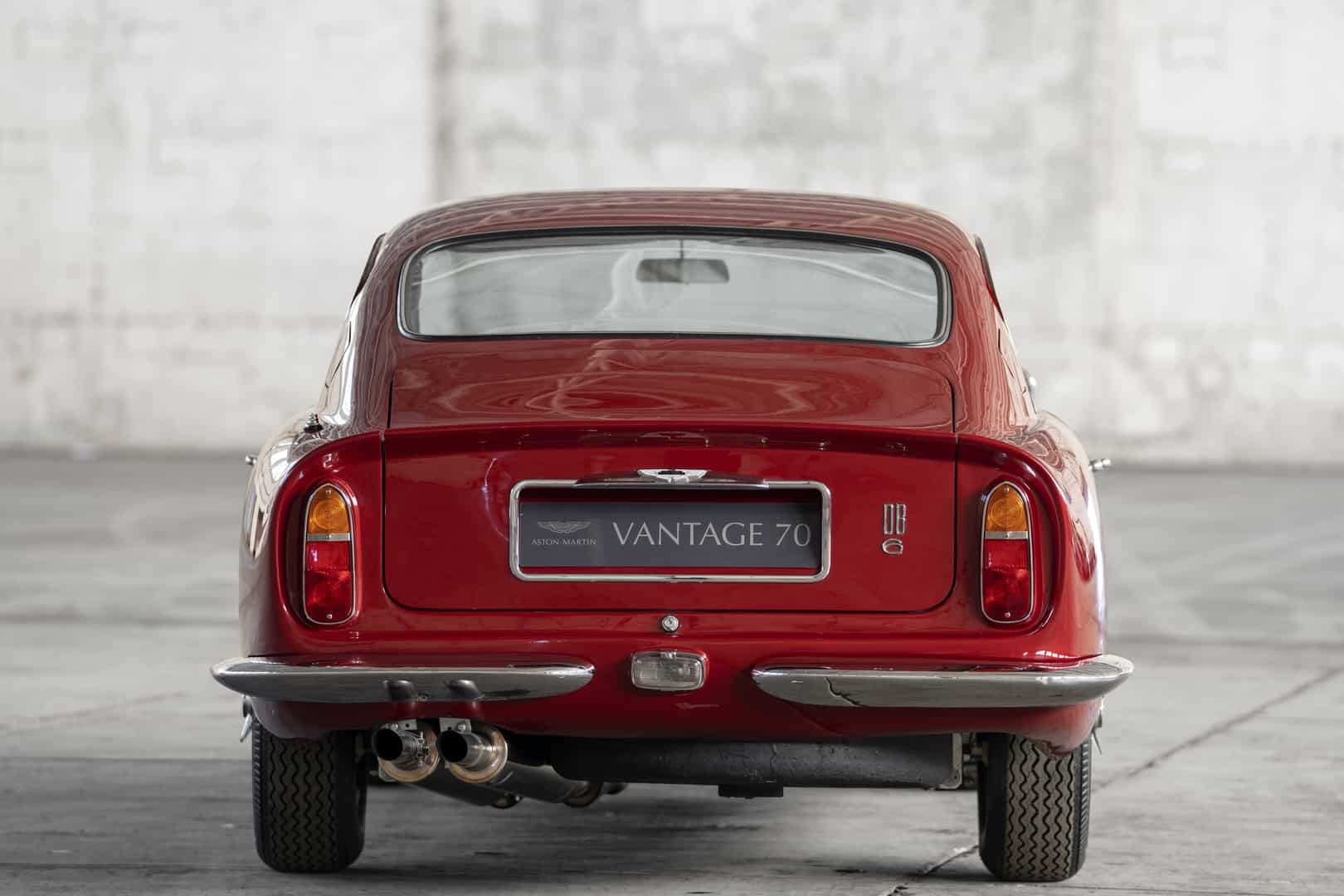
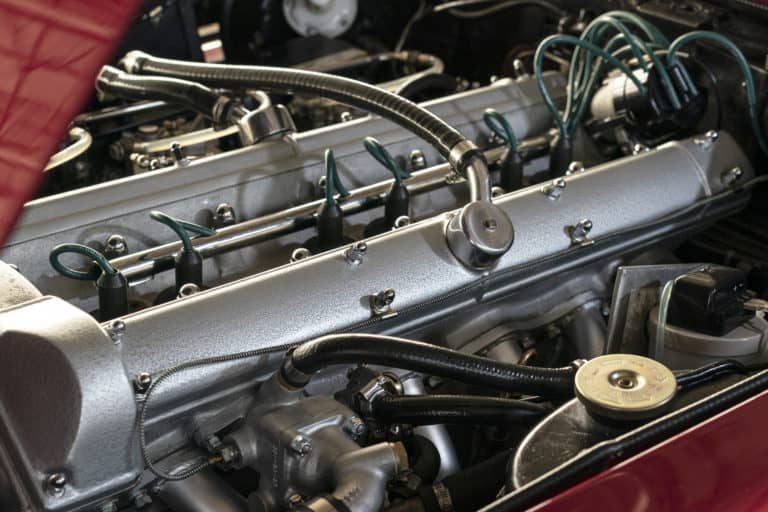
DBS Vantage and AM Vantage
If the DB4, DB5 and DB6 represented evolutionary Aston Martin design, the arrival of the next Vantage engined model in 1967, the DBS, signified a real revolution. British stylist William Towns, a then junior Aston Martin interior designer, penned the angular, ‘modern’ shape that, in its original guise, retained the now familiar six-cylinder, 3,995cc Tadek Marek engine, available in Standard or Vantage form as used in DB6. The original plan had been to use a new V8 engine, but this was not ready in time.
In order to counter the increased weight of the DBS, the Vantage version boasted revised camshafts to boost performance.
In April 1972, a revised DBS was introduced with two headlamps rather than four. Simply called the AM Vantage, 70 examples were produced. Uniquely, this car went against established Vantage tradition, too, by being not the most but the least potent offering in the brand’s then line-up.
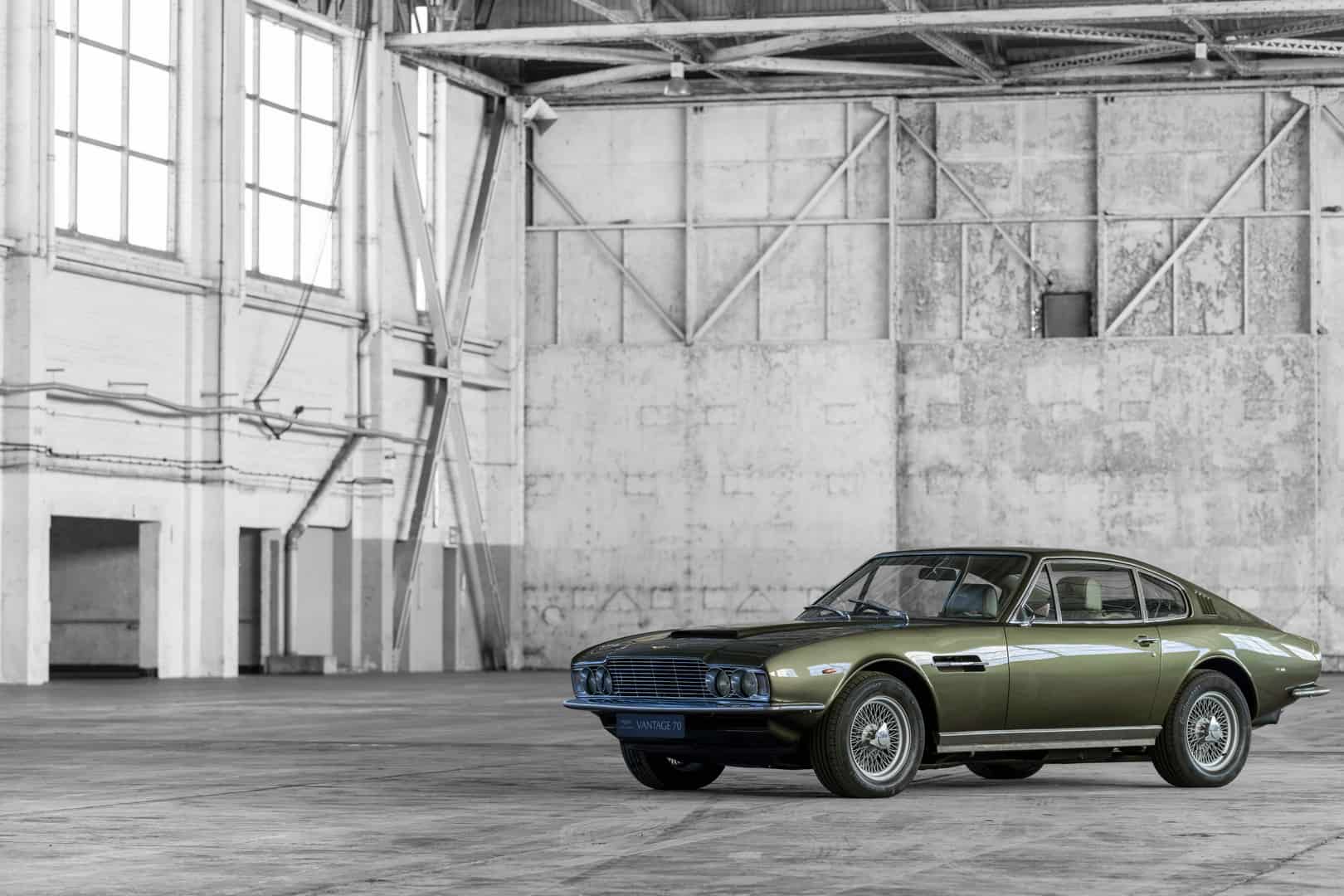
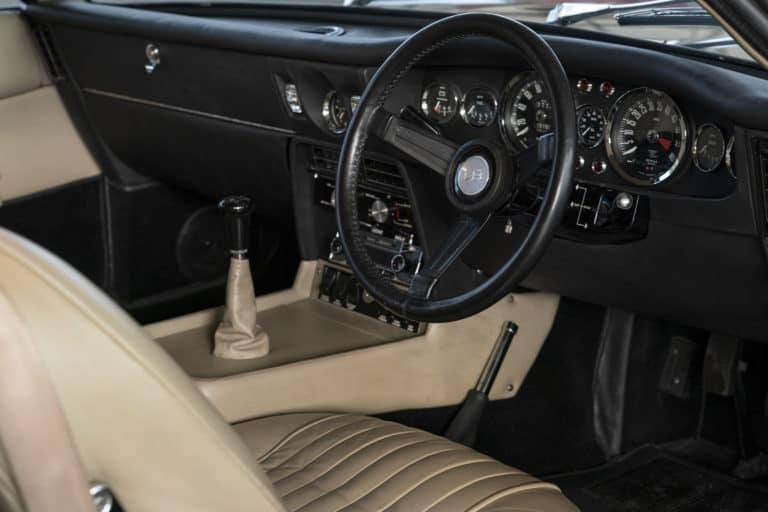
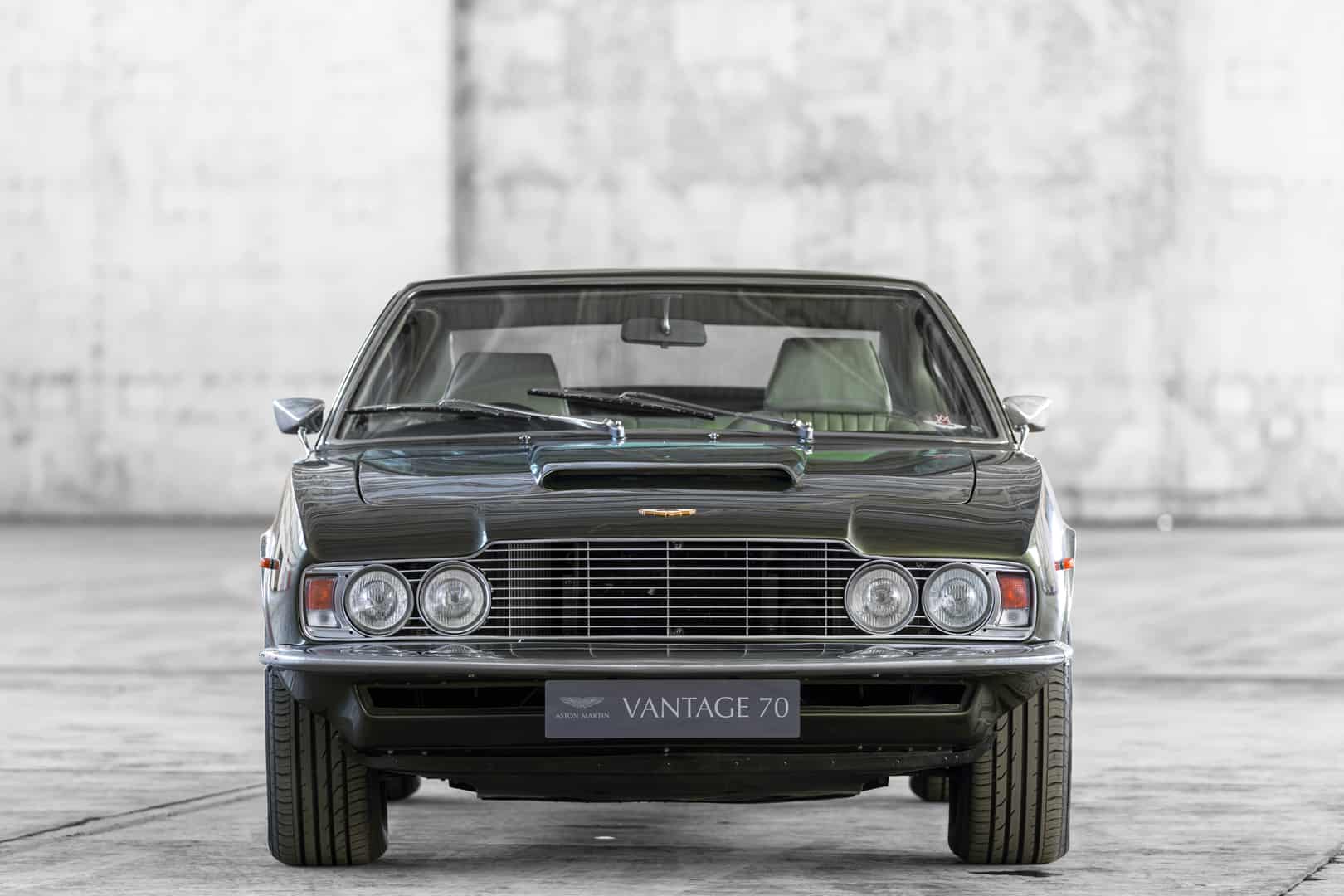
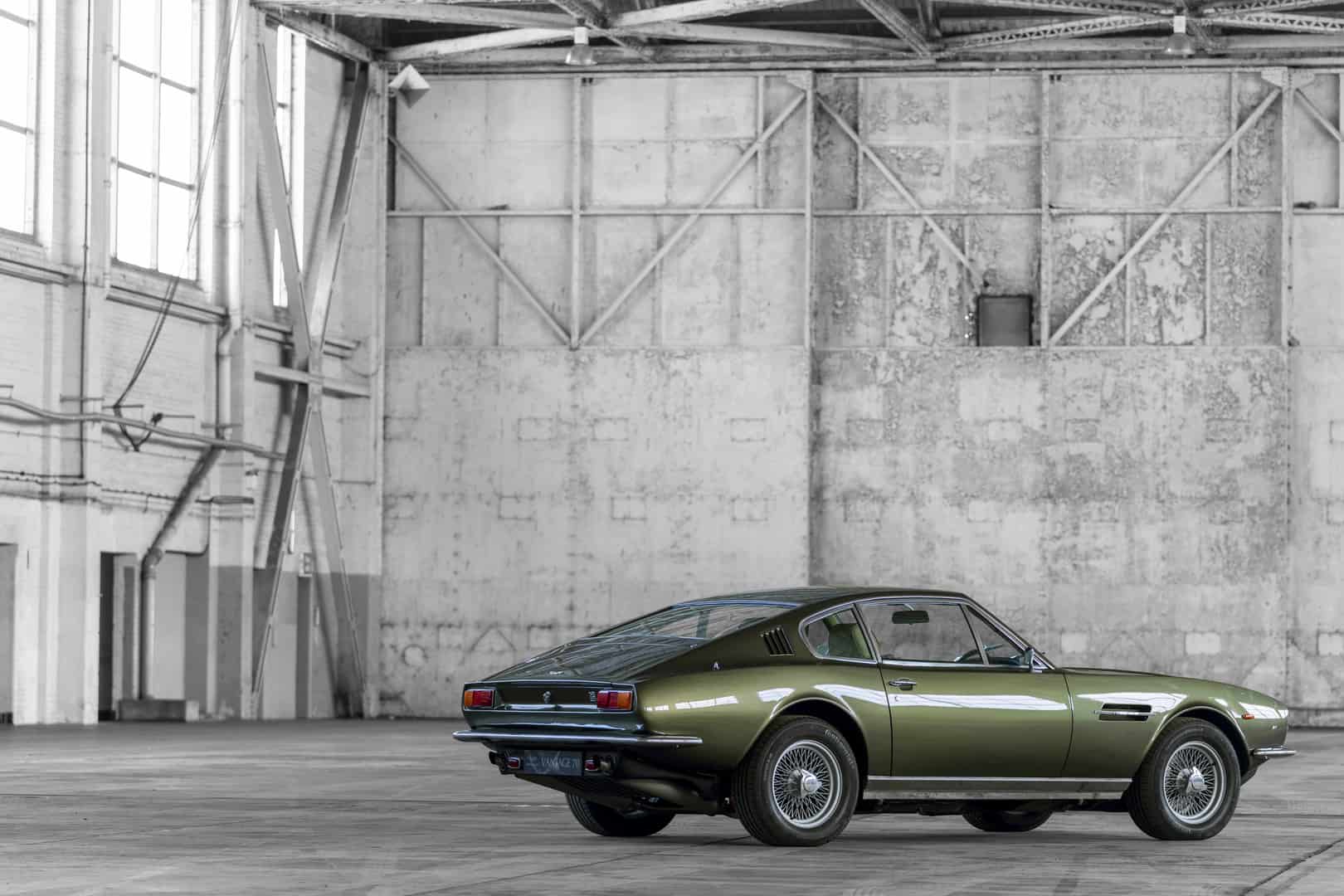
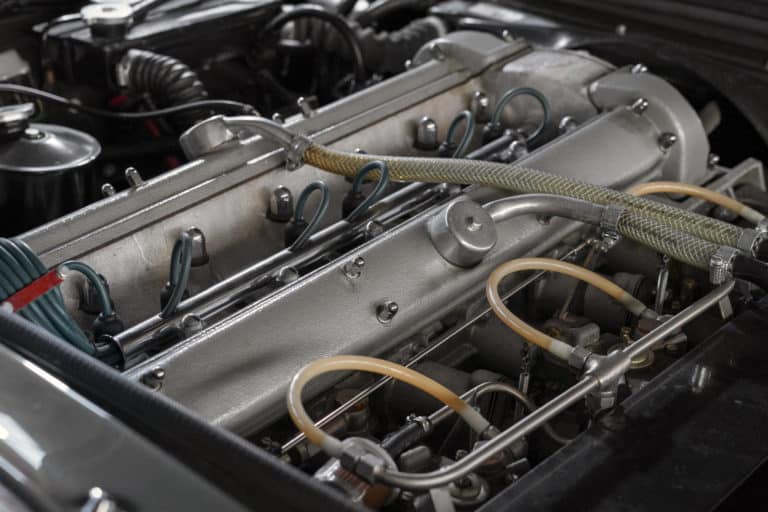
V8 Vantage and V8 Vantage Zagato
The next Aston Martin Vantage however – indeed the original Aston Martin V8 Vantage – was cut from very different engineering and performance cloth. It was hailed at its 1977 introduction as “Britain’s first supercar”. It could outrun a Ferrari Daytona in the 0-60 mph sprint, and if pushed to the limit it could record a top speed of 170 mph.
Its engine was shared with the Lagonda luxury saloon of the day, but it used high-performance camshafts, an increased compression ratio, larger inlet valves and bigger carburettors mounted on new manifolds for increased output.
A true British bruiser, the V8 Vantage’s performance belied its significant heft. Contemporary car magazine road tests claimed that the ‘old school’ Vantage offered superior performance to such greats as the Lamborghini Countach, the Ferrari 512BB and even the Porsche 911 Turbo of the day.
Critical to the huge performance leap of this Vantage was a significant upgrade to the V8 engine which in the contemporary AM V8 was offering something in the order of 300bhp. The carburettors were changed to the larger 48 IDF Weber which were fitted to revised inlet manifolds. Together with larger valves, revised exhaust manifolds, revised camshafts and a higher compression ratio, once run-in, the engines were capable of 380bhp. At the time, though, and with true British modesty, the power output was described by Aston Martin simply as “adequate”.
The V8 Vantage’s chassis was stiffened with adjustable Koni dampers, shortened springs and a larger front anti-roll bar. Wider 255/60 VR15 Pirelli CN12 tyres were fitted together with spacers to widen the track.
External modifications were clear, and aerodynamic in nature. This V8 Vantage was easily distinguished for the standard AM V8 by the front air dam, twin Cibie H4 driving lights within the blanked off grille (cooling air for the radiator being drawn in from beneath the bumper) and a boot lid spoiler at the rear. All of these aerodynamic additions were essential to reduce lift. Another feature was the use of a sealed bonnet bulge to cover a larger airbox above the down draught carburettors.
The V8 Vantage evolved significantly over the course of its reign – which spanned three decades and only ended in 1990 with final deliveries of the last 5.3-litre ‘X-Pack’ car. It even provided the basis for a shorter, radical, and hyper rare, V8 Vantage Zagato saloon. Throughout its build period the Vantage remained the jewel in Aston Martin’s burnished crown.
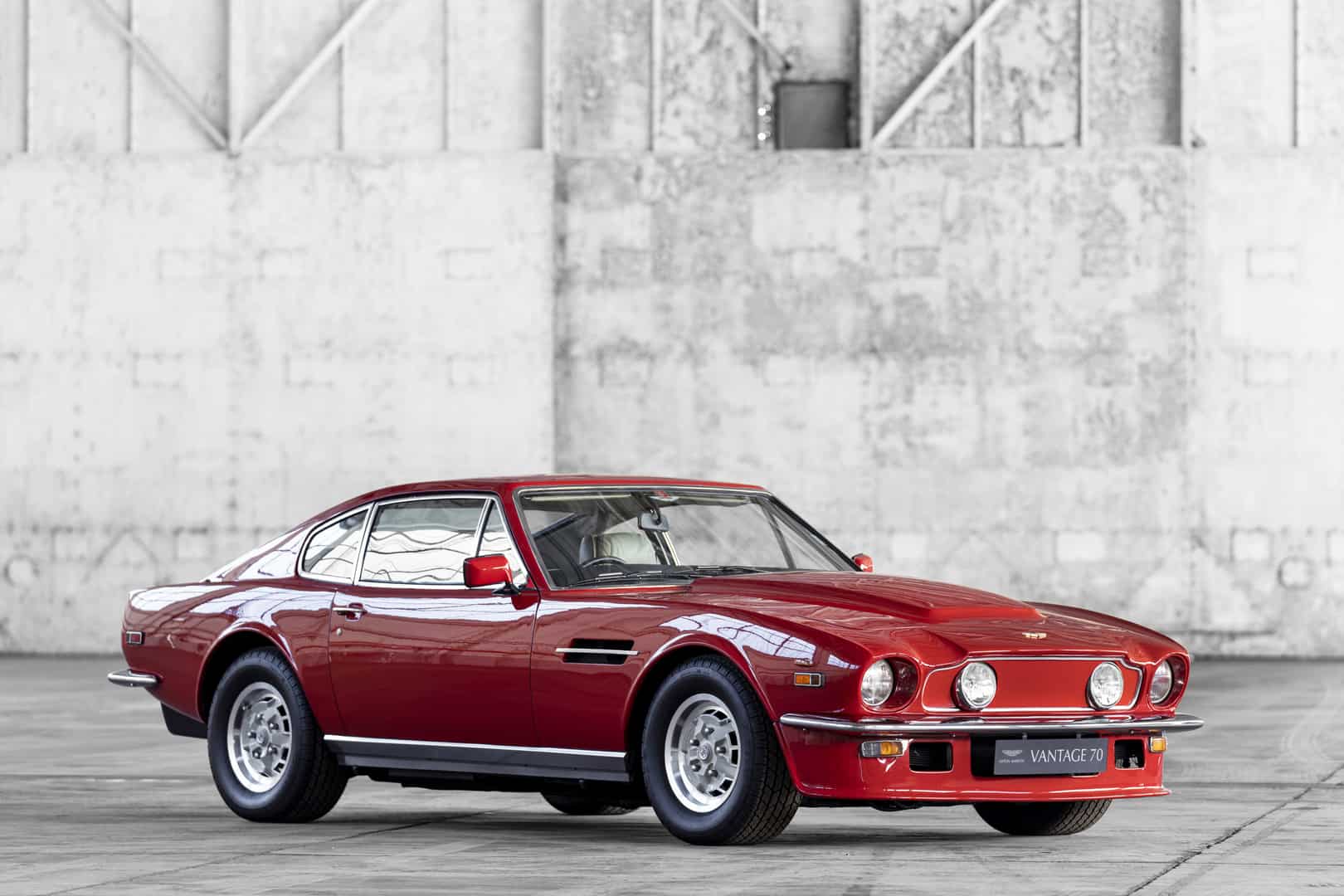
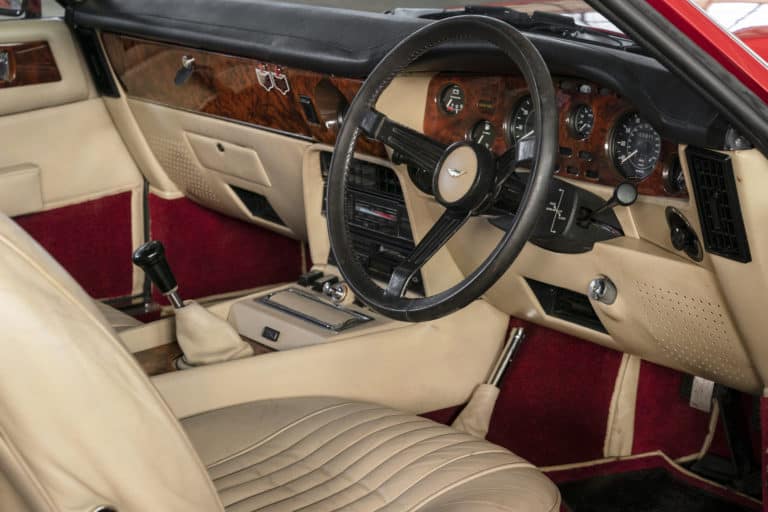
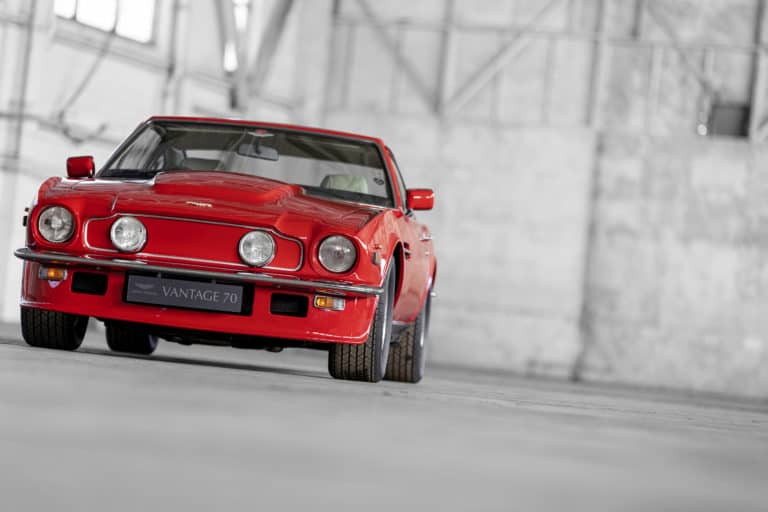
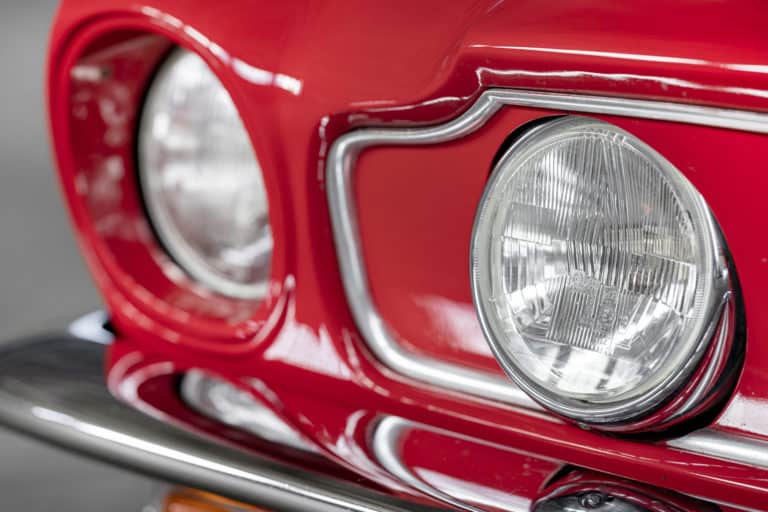
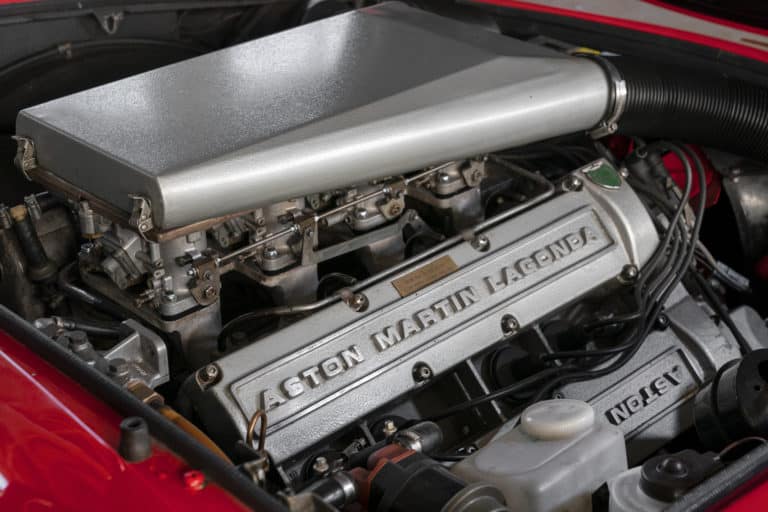
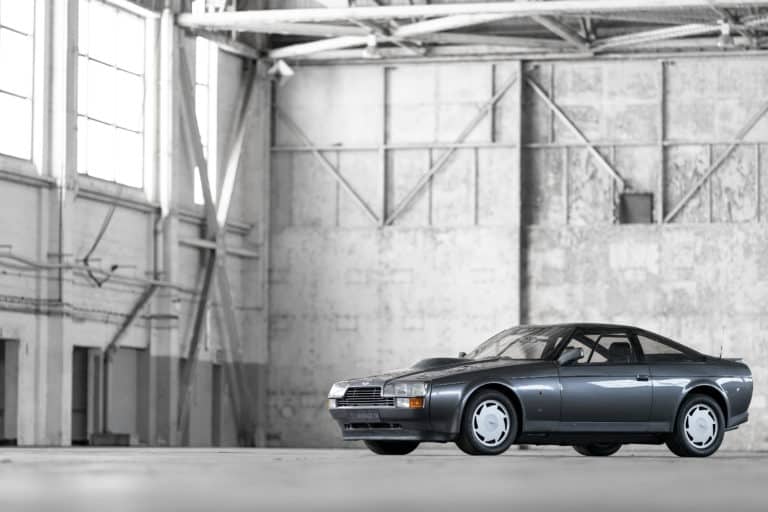
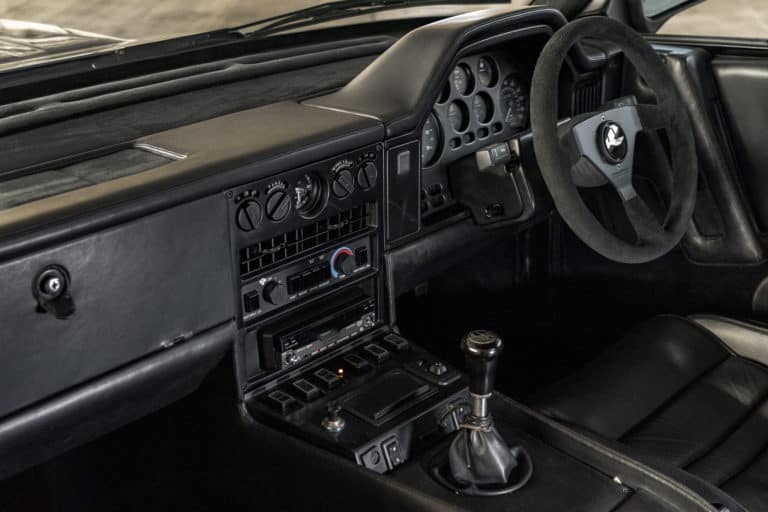
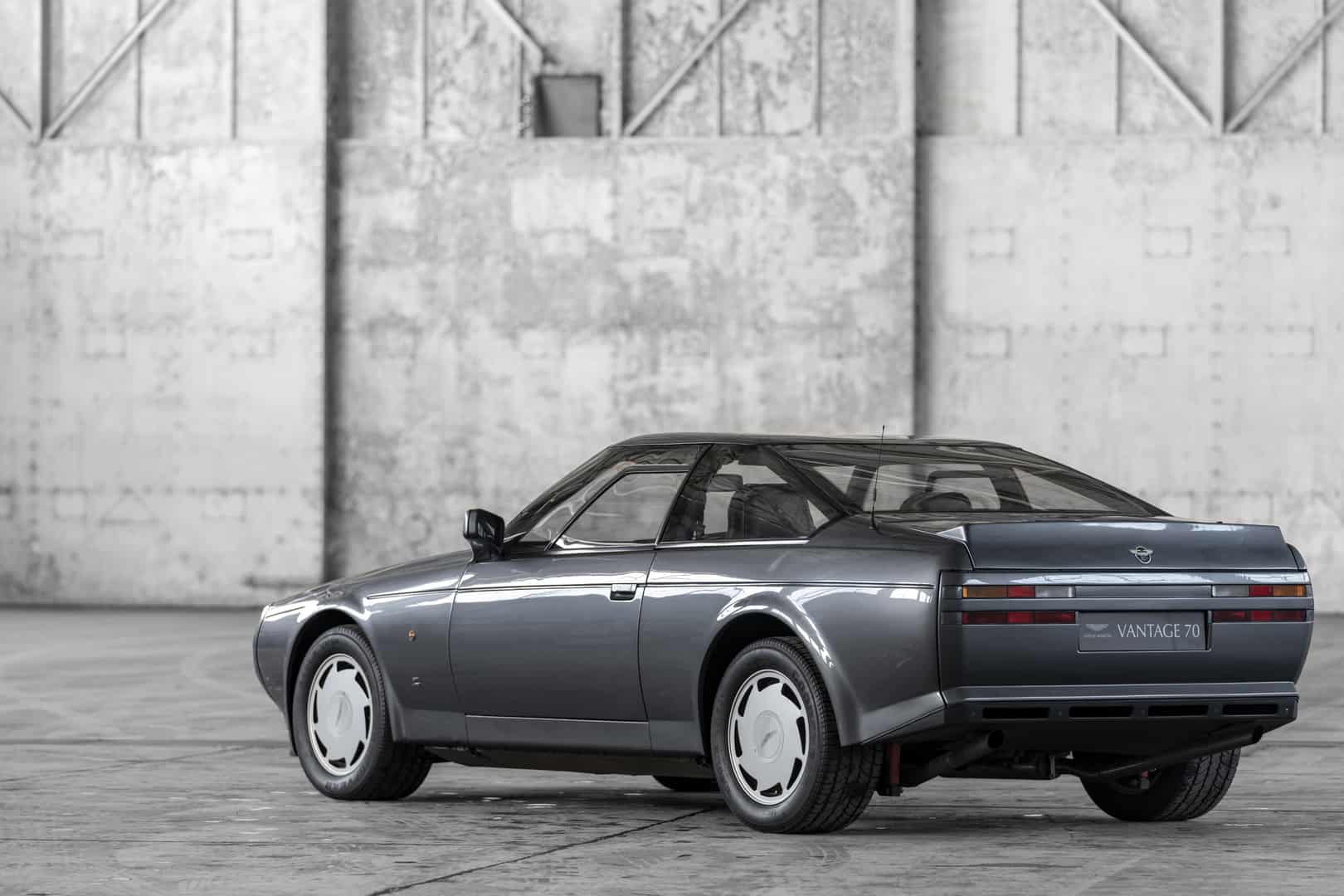
Vantage (Supercharged Vantage)
The 1990s saw the British brand continue its commitment to ‘brute in a suit’ sports car style with the appearance on the Virage-based Vantage – often referred to as the supercharged Vantage – in 1993 and, later, the next iteration of the V8 Vantage.
Heavyweight in every sense, this Vantage tips the scales at 1,990kg. It sports no fewer than six headlights and boasts massive 362mm diameter ventilated discs and four piston AP Racing callipers at the front: at the time, the largest brakes fitted to a road car.
Naturally such a luxuriously appointed grand tourer requires a substantial power source and in this case, it takes the form of a 5,340cc V8 with not one but two Eaton superchargers. With 550bhp and 550lb-ft of torque, this was, at the time, the most powerful production powerplant in the world. In V600 form, as unveiled late in 1998, and additional 50bhp became available. This translates to a top speed of 186 mph and a 0-60 mph of 4.6 seconds – although it is rumoured that, during high speed testing, figures approaching 200 mph may have been recorded.
V550, V600 and V8 Vantage Le Mans special editions kept this Vantage fresh until production finally ended in October 2000.
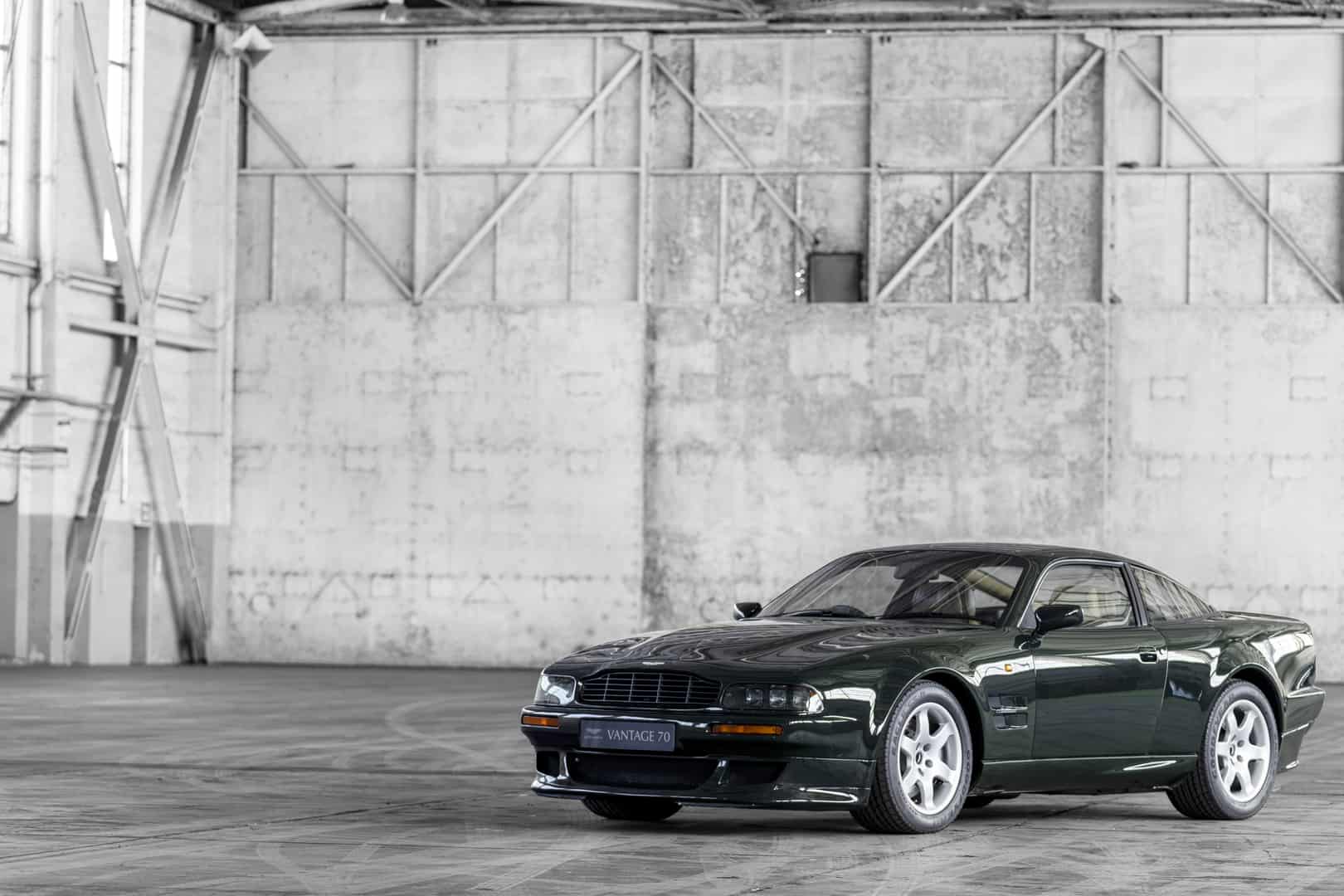
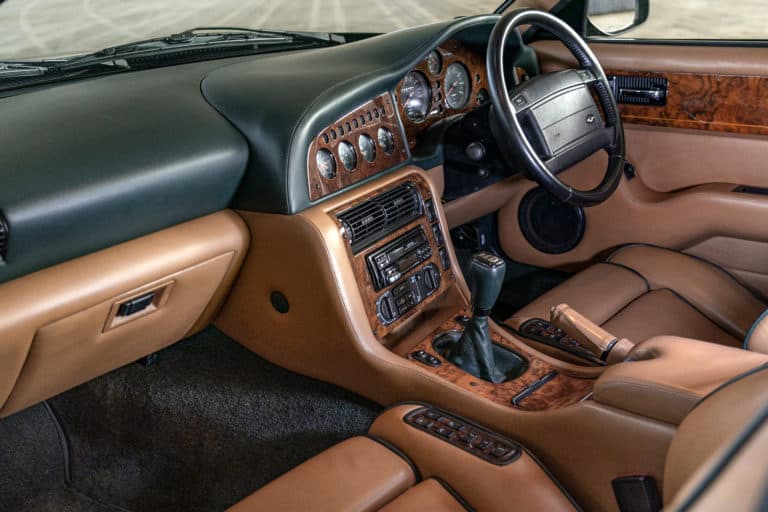
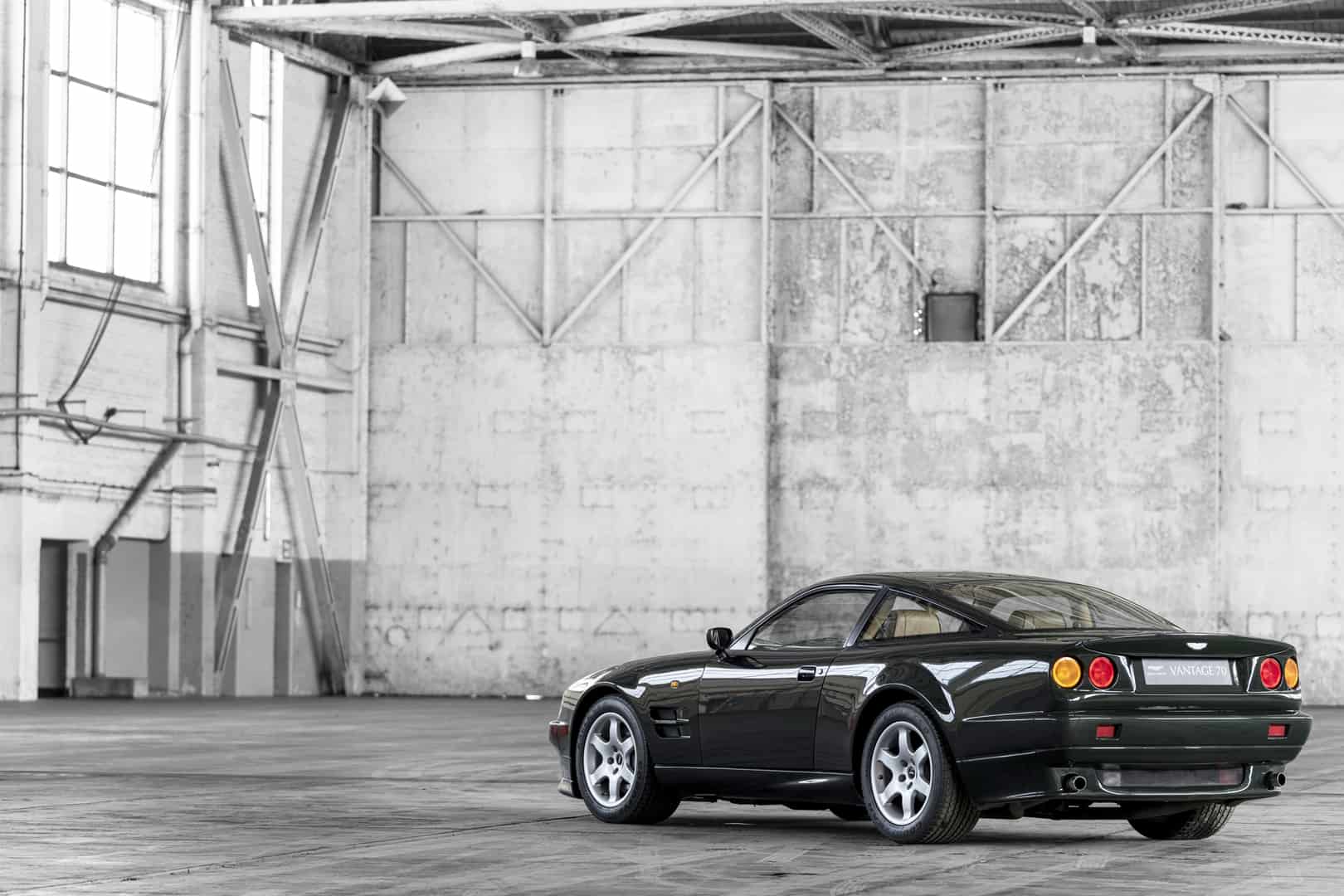
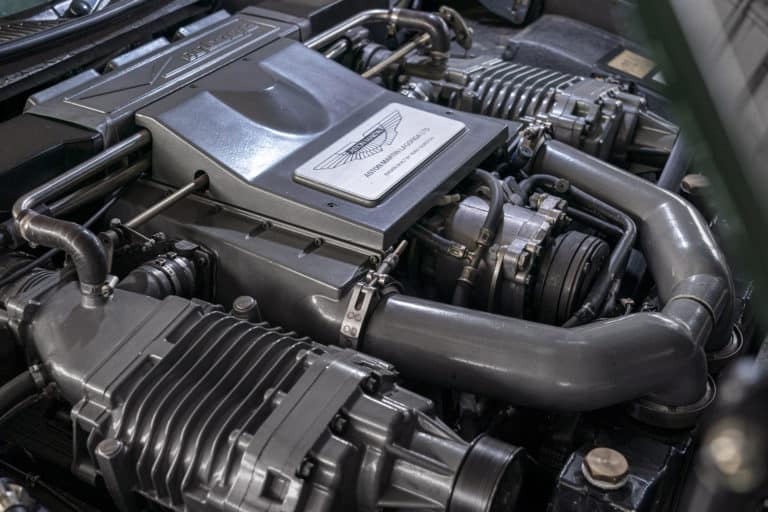
DB7 V12 Vantage
The DB7 became the next Aston Martin to sport the Vantage badge when, in 1999, the DB7 V12 Vantage made its debut at the Geneva Motor Show. Comprehensively restyled by designer Ian Callum, it boasts a 5.9-litre, 48 valve, all-alloy, V12 engine delivering 420bhp and 400lb-ft of torque developed in close co-operation with the Ford Research and Vehicle Technology Group and Cosworth Technology.
Under the surface, the chassis was ‘beefed up’ too and features what at the time were completely new front and rear suspension setups. Up until then, the Vantage derivative of an Aston Martin car had mostly featured a tuned version of the standard engine but here, for the first time, the DB7 V12 Vantage had a new engine and was significantly different from the i6 car.
The results were suitably impressive on the road. Initially this Vantage was available with either a six-speed close ratio manual transmission (184 mph top speed, 0-60 mph in 5.0 seconds) or a five-speed automatic (limited to 165 mph, 0-60 mph in 5.1 seconds). From 2000, an acclaimed ‘Touchtronic’ system became available, developed in conjunction with ZF.
Total DB7 V12 Vantage coupe production reached a staggering 2,091 cars during four and a half years of building at the Bloxham site, which, together with the Volante and GT was a then record for any Aston Martin model. The last DB7 V12 Vantage built rolled off the Bloxham line in 2003.
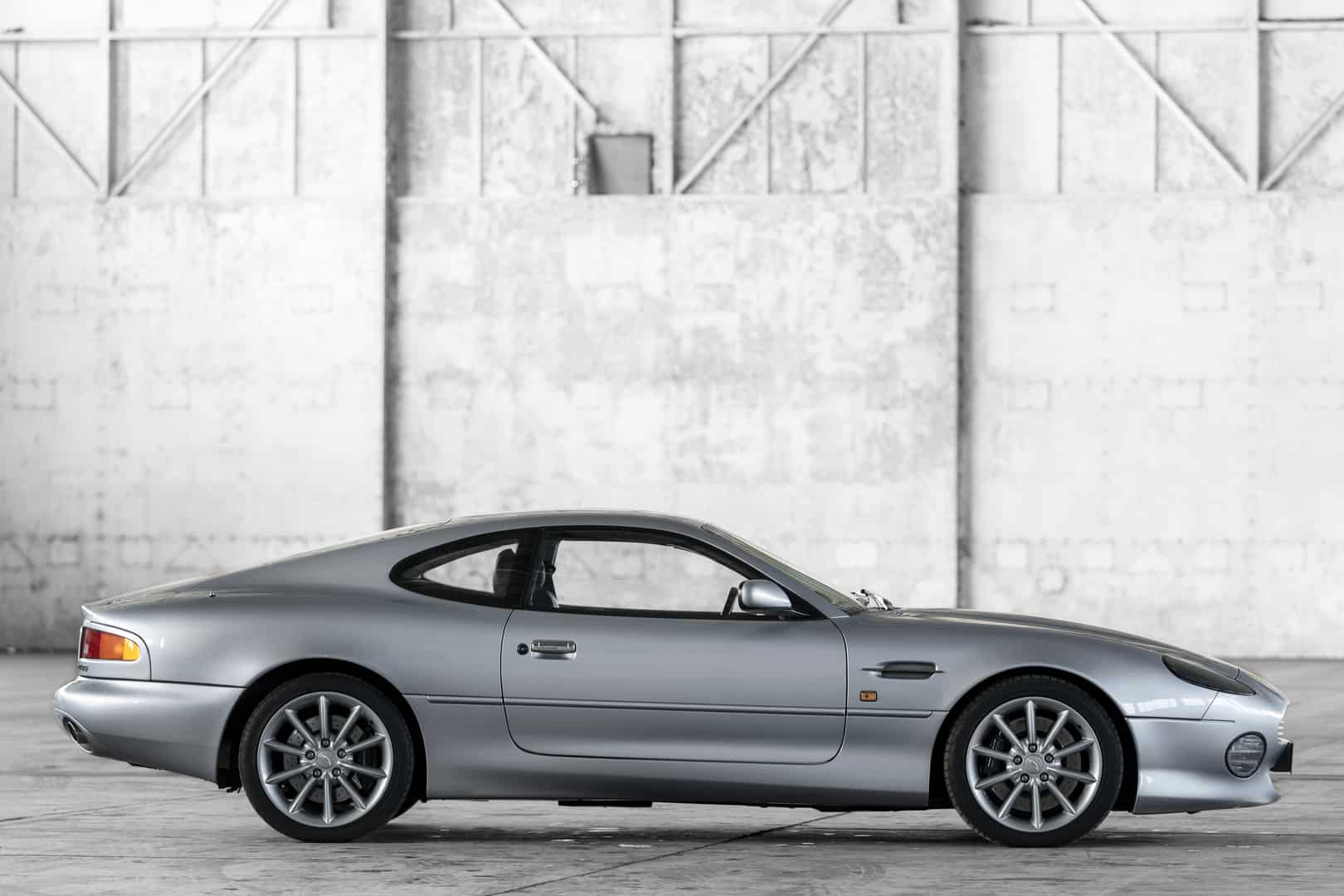
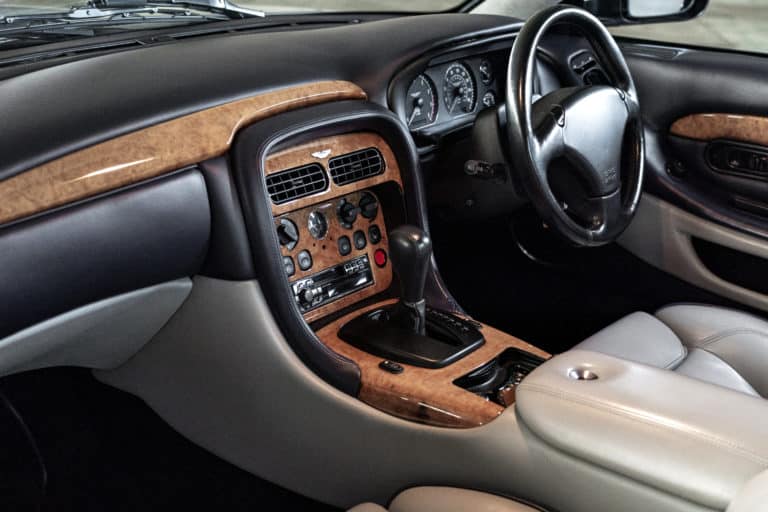
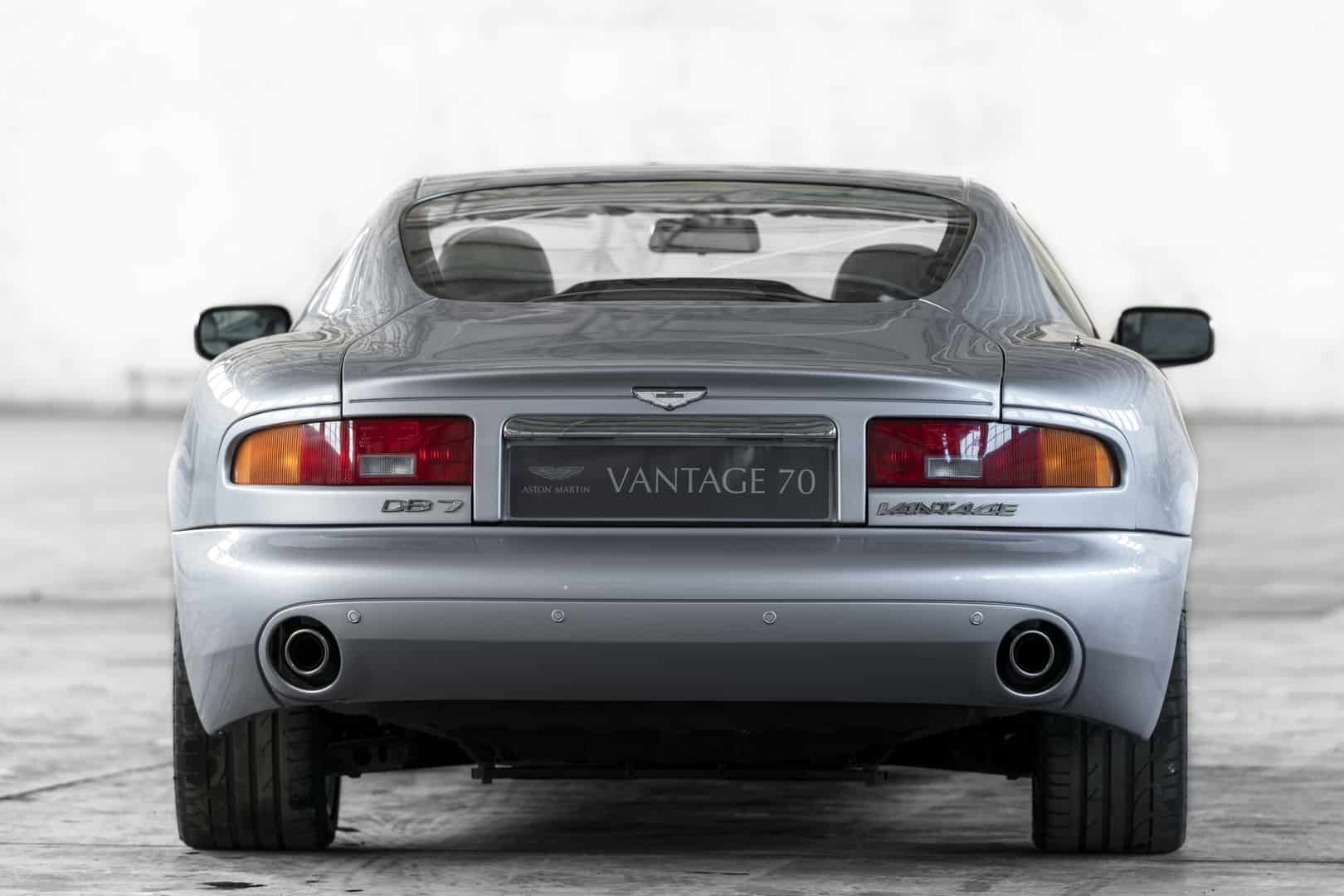
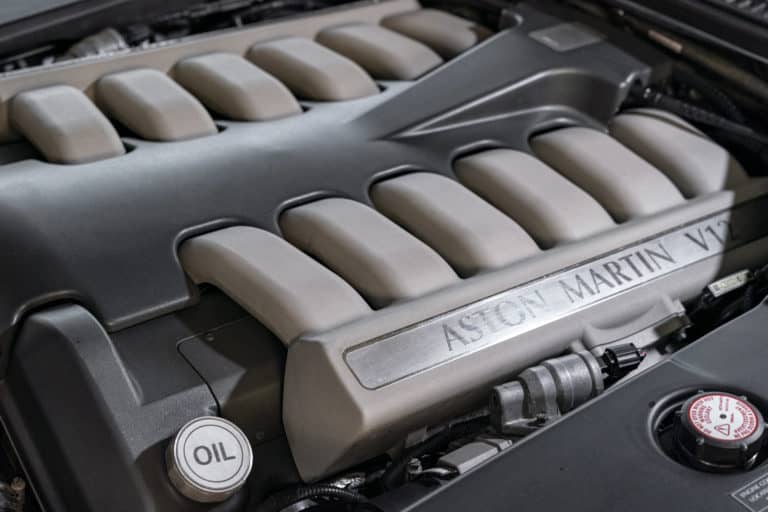
V8 Vantage (VH architecture)
That same year, again at the Geneva Motor Show, the world got its first glimpse of the AMV8 Vantage Concept, the car that would, in time, go on to become the next proud member of the Vantage clan.
Two years later, in 2005, the production version of the V8 Vantage was unveiled and on the strength of the concept alone, order books were already bulging.
Series production began in the autumn of 2005 at a rate approaching 3,000 sports car per year, built on a second dedicated assembly line at the Gaydon factory. To date, this iteration of Vantage remains the single biggest sales success in the brand’s proud 107-year history.
Approximately 70% of these cars went to customers outside the UK. Deliveries of the V8 Vantage to buyers in the UK and Europe began in October 2005, with customers in North America and the rest of the world starting to receive their Vantages in early 2006.
This V8 Vantage was the second Aston Martin production car based on the now famous VH architecture – first seen on the DB9 – but it was the first to use a new 4.3-litre quad cam 32 valve dry sumped V8 engine. Power was quoted at 380bhp at 7,000rpm and torque of 302lb-ft was on offer at 5,000 rpm. This allows the 1570kg machine a 0-60 mph time of 4.9 and 0-100 mph in 10.7 with the standard 6 speed Graziano manual gearbox.
The engine was unique to Aston Martin and was hand-built alongside the V12 at the Aston Martin Engine Plant in Cologne, Germany.
Later, this iteration of V8 Vantage gained an enlarged 4.7-litre powerplant capable of generating 420bhp and 346lb-ft of torque, This, quite naturally, cut the 0-60 mph time to a mere 4.7 seconds and added 5 mph to the top speed, taking it to 180 mph.
In 2009, Aston Martin unveiled one of the most iconic and desirable cars yet to join the Vantage club: the V12 Vantage. Previewed by the V12 Vantage RS concept car unveiled at the opening of the brand’s new Design Centre at its Gaydon global headquarters in December 2007, the production car again generated huge demand virtually instantly.
Weighing only around 50kg more than its V8 sibling, but boasting the front mid-mounted, all-aluminium alloy V12 also seen in the DBS of the day, the V12 Vantage was unashamedly potent. Its 5,935cc engine benefits from quad overhead camshafts with four valves per cylinder, helping it to generate a not inconsiderable 510bhp at 6,500rpm, with a maximum torque figure 420lb-ft at 5,750rpm.
On the road and mated to a six-speed manual gearbox this means a 0-60 mph time of 4.2 seconds, and an autobahn blistering top speed of 190 mph.
Not satisfied with a ‘simple’ V12 Vantage, Aston Martin engineers challenged themselves to create a yet more potent car which came to fruition in 2013 with the unveiling of the V12 Vantage S.
Here, power is hiked to 565bhp, torque stands at a mighty 457lb-ft, and the 0-60 mph time is a ferocious 3.5 seconds with the car’s urge channelled through a Sportshift III automated manual gearbox. But the thing that made this car even more of a headline grabber when it appeared was its top speed. At 205 mph, it became the fastest production car Aston Martin had yet offered to the public.
The response from media and car buyers alike was immediate and effusive. British title Autocar, for instance, said: “In a digital world, this mega Vantage is refreshingly analogue and its raw, aggressive nature is boldly apparent, just as Aston Martin intended.”
To the delight of many, three years after being first announced, the V12 Vantage S was also offered with a seven-speed conventional manual gearbox.
A variety of special editions peppered the V12 Vantage production run, although arguably the most significant was the debut in 2012 of the V12 Vantage Zagato – created once again in partnership with the famous Italian design house. As befits an Aston Martin Zagato these cars are hyper rare.
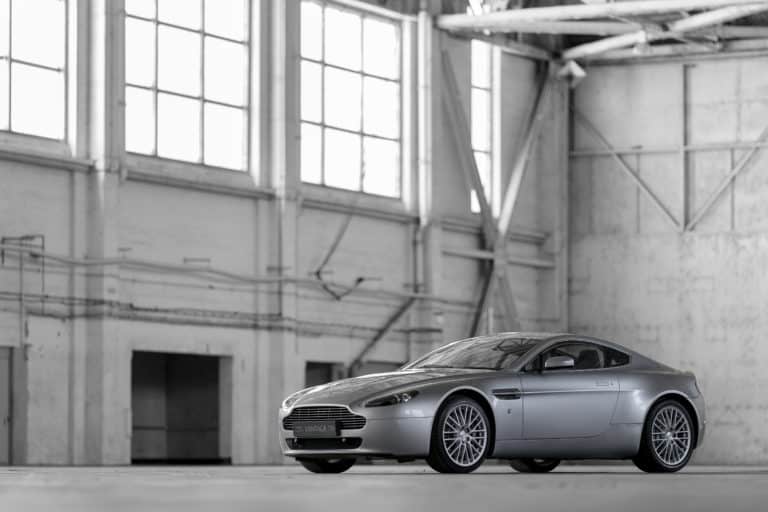
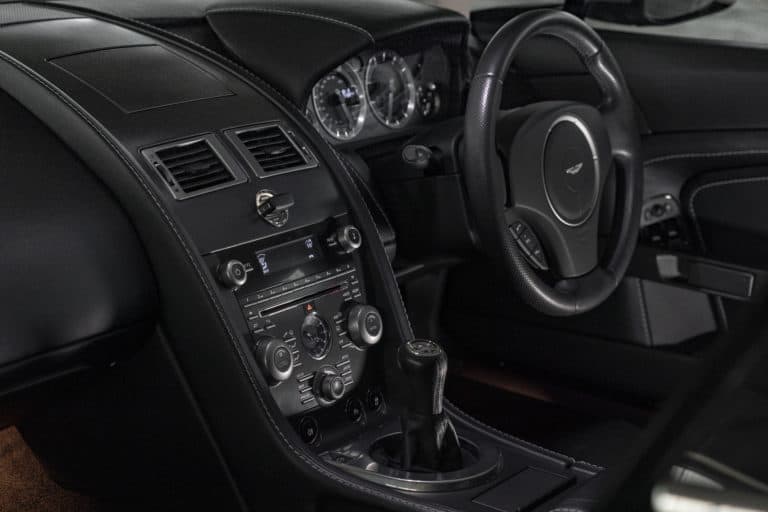
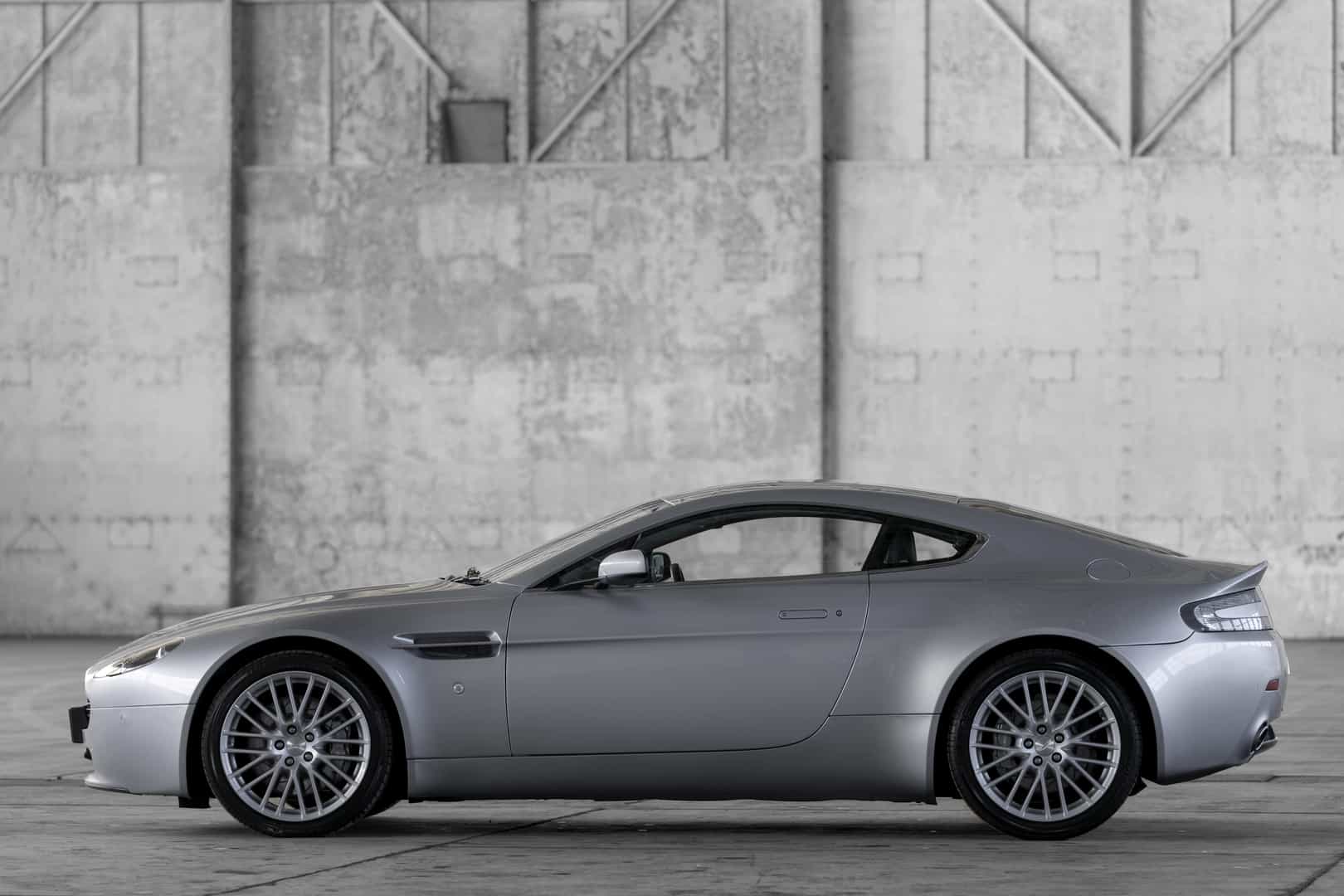
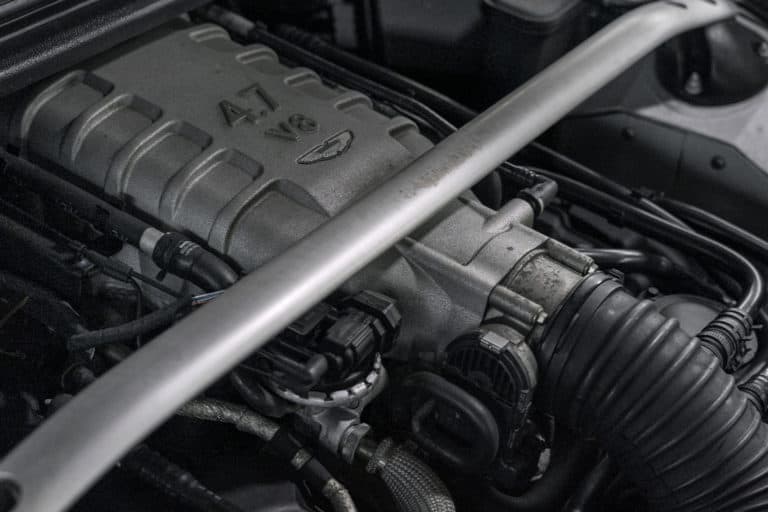
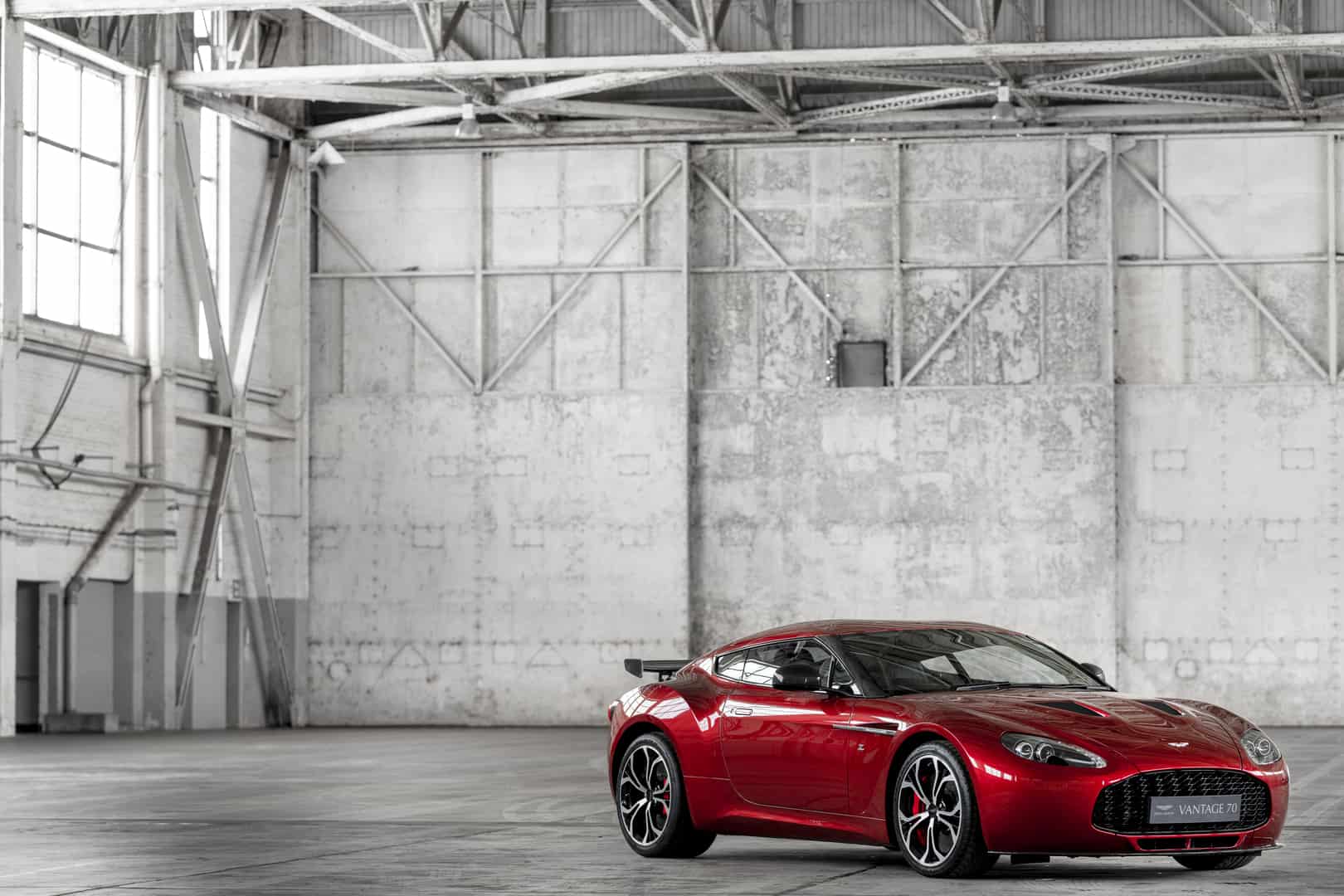
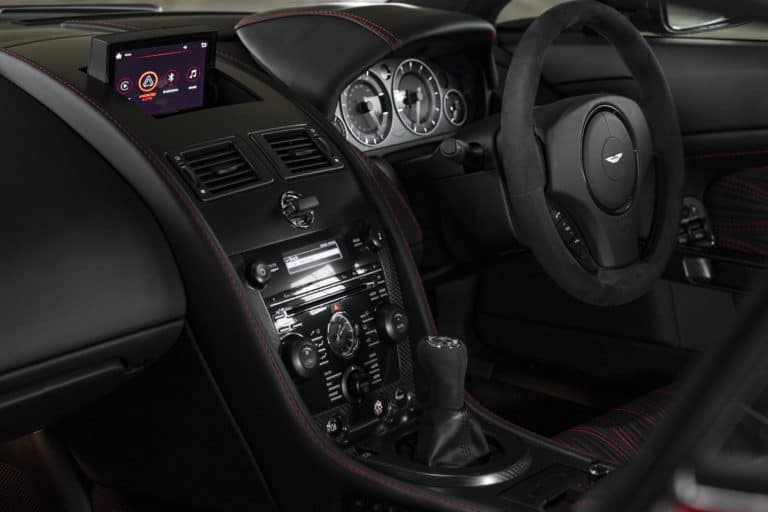
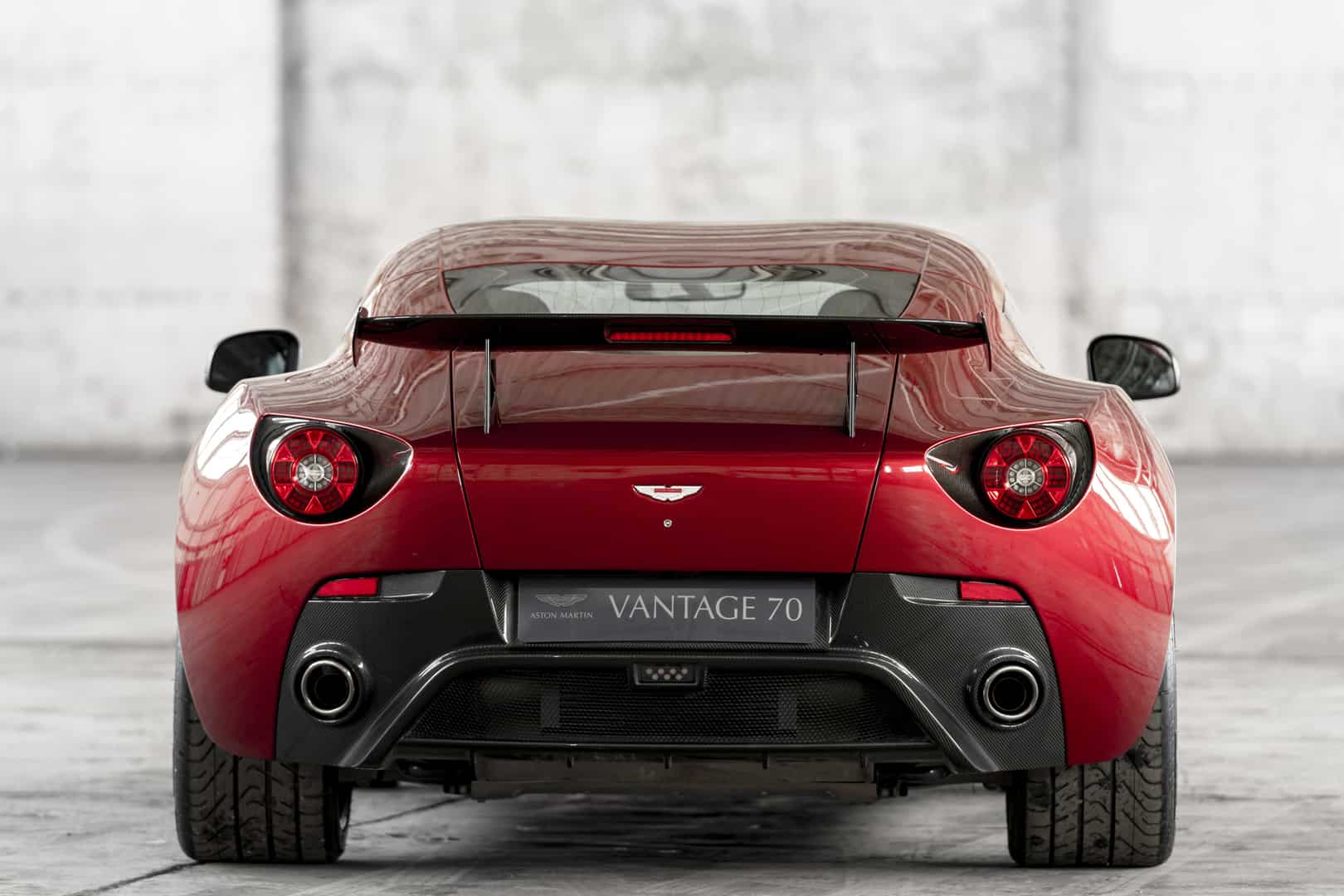
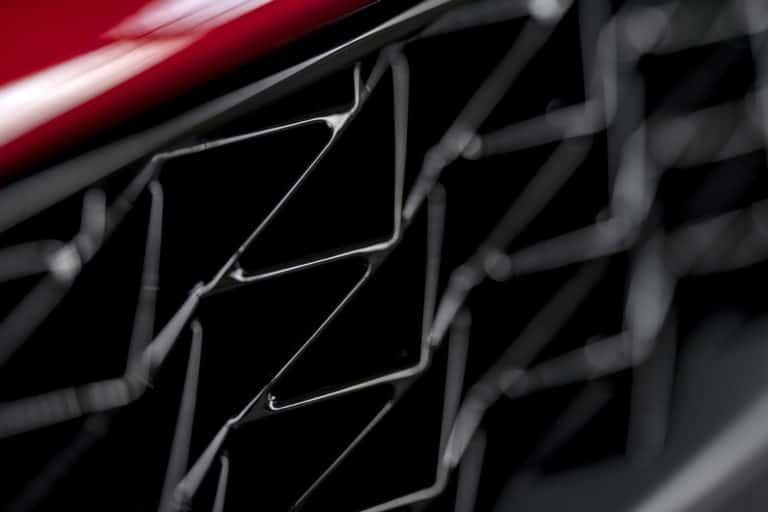
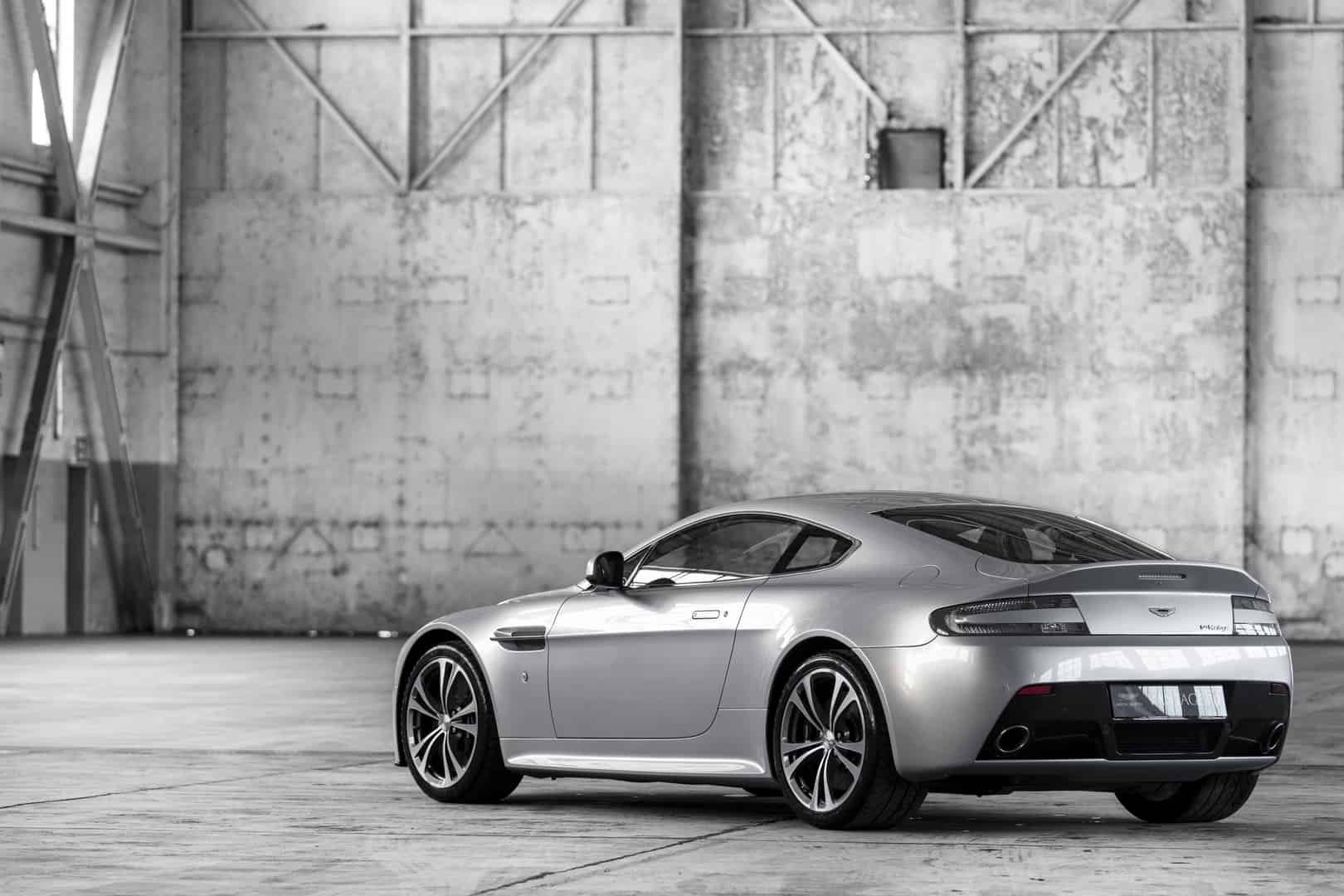
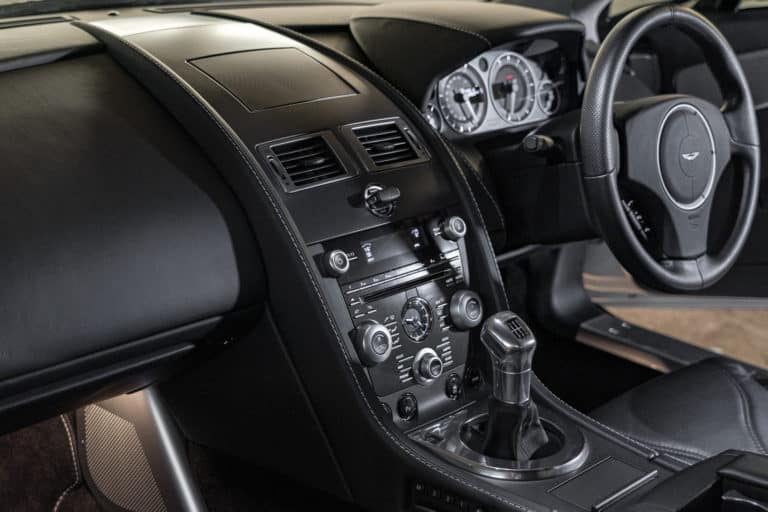
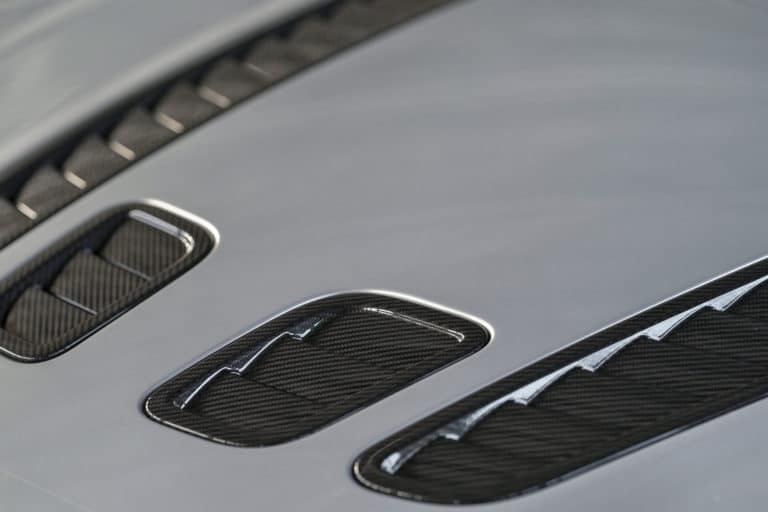
Vantage (current car)
Today’s cutting-edge Vantage two-seater sports car is based on the marque’s latest architecture. Styled for aerodynamic excellence as well as obvious kerb appeal, the car features a 4.0-litre twin-turbocharged V8 engine with a peak power output of 503bhp and a torque peak of 505lb-ft, mated to a rear-mounted 8-speed automatic gearbox manufactured by ZF.
This endows the current Vantage with a distinctly brisk 0-60 mph time of 3.5 seconds, and supports a top speed of 195 mph.
This Vantage is also the first Aston Martin production car to include an electronically controlled differential with torque vectoring – E-Diff – and is built around the same all-new bonded-aluminium platform as DB11.
At its launch at the end of 2017, Andy Palmer said of the new model: “A true sports car with a sharper look and a keener dynamic edge, the new Vantage is the Aston Martin pure driving machine enthusiasts have been waiting for.”
Last year (2019) the Vantage AMR was launched, equipped as standard with a motorsport-inspired 7-speed transmission developed by Graziano and featuring a ‘dog-leg’ first gear. The car was created to deliver a truly exhilarating driving experience, with Dr Palmer commenting: “In a world of autonomous robo-taxis, Aston Martin will continue to advance the art and science of performance driving.”
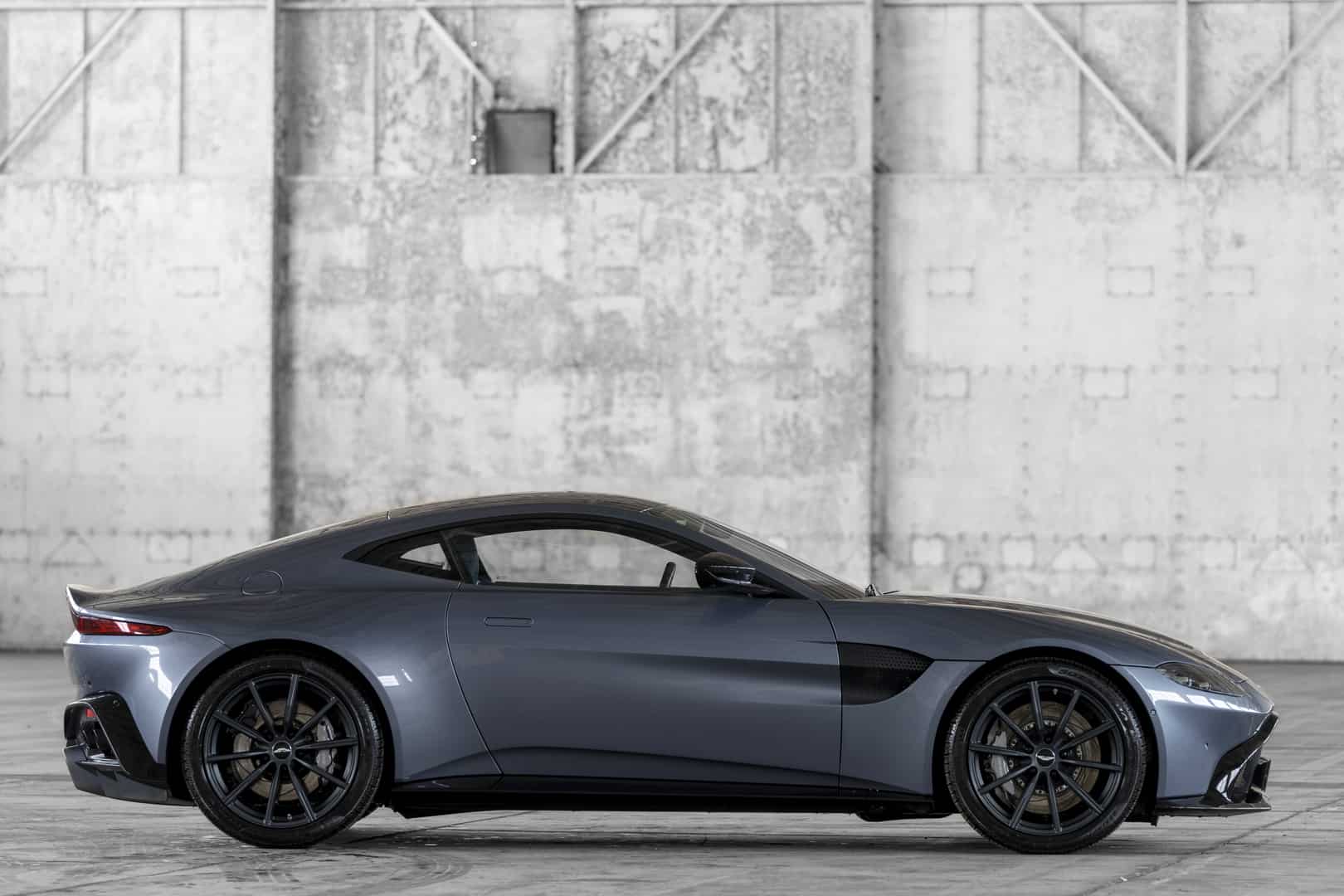
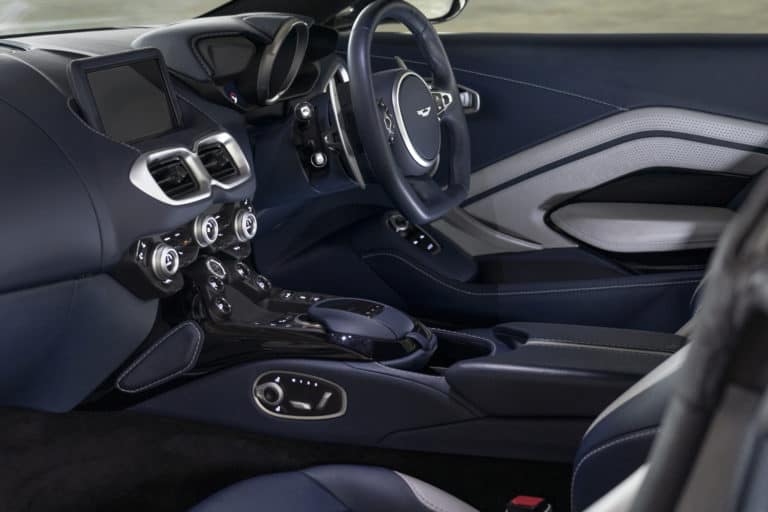
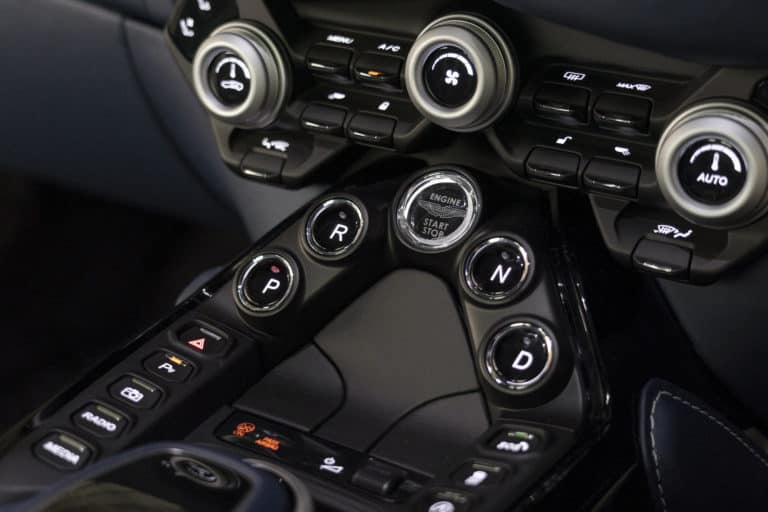
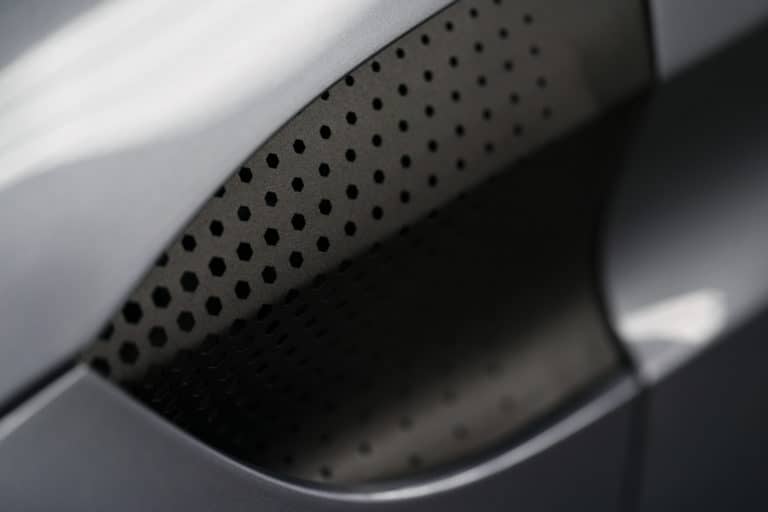
Aston Martin Vantage production numbers
DB2 248 saloon and drophead coupe*
DB4 135 (plus 6 DB4 GT Vantage)
DB5 68 saloon*
DB6 335 saloon* (plus 29 Volante)
DB6 MkII 70 saloon* (plus 13 Volante)
DBS 290 saloon*
AM Vantage (6 cylinder) 70 saloon*
AM V8 Vantage 372 saloon* (plus 194 Vantage Volante)
V8 Vantage Zagato 52 saloon* (plus 8 Vantage Volante)
Vantage/V8 Vantage 273 saloon* (plus 40 specials)
DB7 V12 Vantage 2,086 coupe (plus 2,056 Volante)
V8 Vantage (VH) 15,458 coupe (plus 6,231 Roadster)
V12 Vantage 2,957 – all types inc V12 Vantage S

